But technology had other ideas. There were emails to write, blog posts to draft, Twitter feeds to read, photos to edit, cute cat videos to watch . . . I still hadn’t opened my book by lunch time. Something had to be done. It was time for a microadventure!
The rain pecked loudly at the tarp and the wind whooshing in the trees made the weather seem a lot more ferocious than it really was. We, on the other hand, were warm and sheltered. It was exactly the kind of contrast that makes snuggling up by the fire on a squally winter evening so appealing. In fact, it was so distractingly wonderful to be both outside in the rain and perfectly dry that I found it hard to concentrate on my book!
I can relate to that. Walking does this to some extent - and walking the paths of East Sussex over the last few years has both threaded the countryside together in my mind and helped me stitch myself into the landscape. But sleeping in fields and woods, on hills and beaches, seems to open a conduit between self and place so they blur and breathe into each other. Perhaps it is the liminal nature of the experience that creates the possibility of an exchange: slipping between sleep and wakefulness, unsure where dreams begin and end; seeing dusk extend into night, then watching night and dawn creep together across the sky; being cocooned but also startlingly, immediately open to the elements; staying still in a way that’s not quite camping but not quite just resting (so it’s not quite illegal, but it’s also not quite legal).
The rain did not let up. It was still pouring an hour later, when we got wetter and grottier packing everything away than we did setting it all up. But that’s OK. Actually, it was more than OK, it was fantastic. The whole experience transformed a rainy afternoon of books and tea into something unexpected - something rather more extraordinary.
Rain in the woods from In Which I on Vimeo.
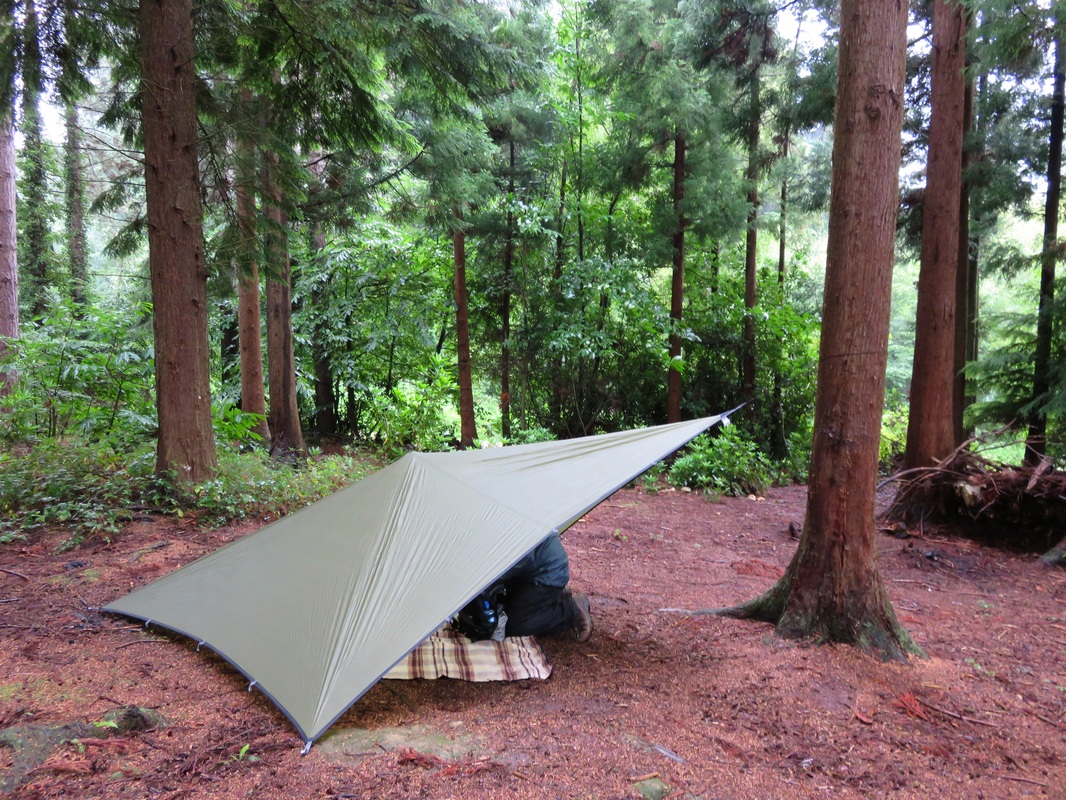
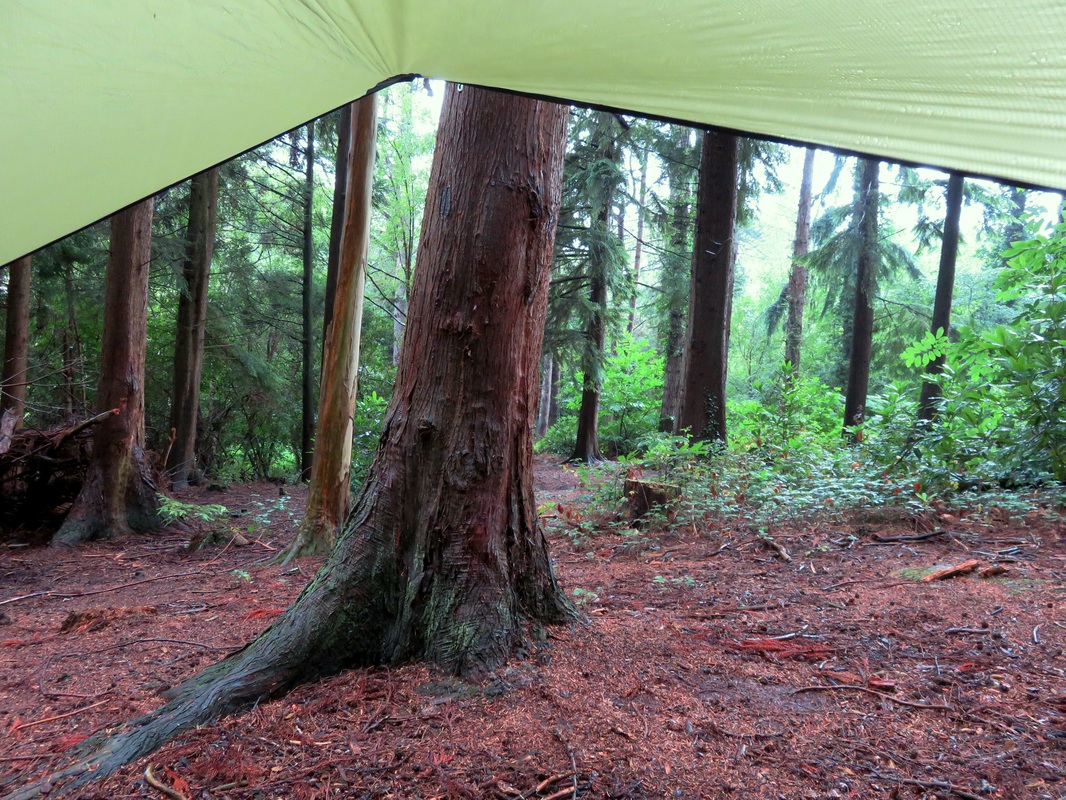
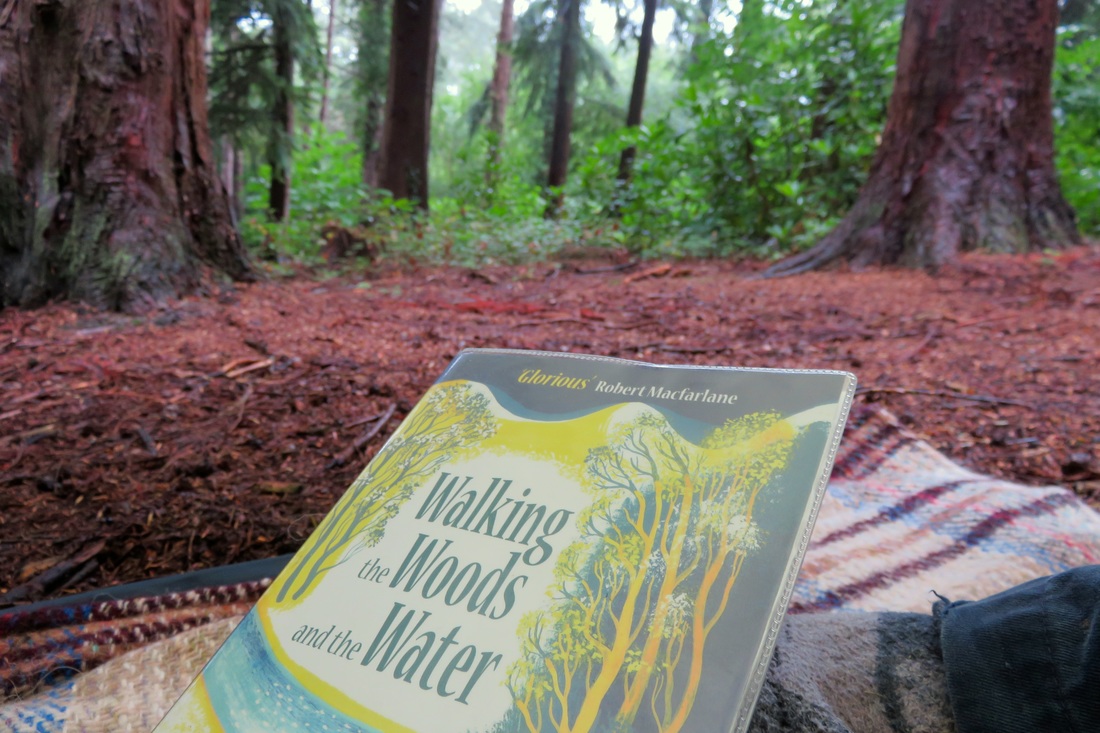
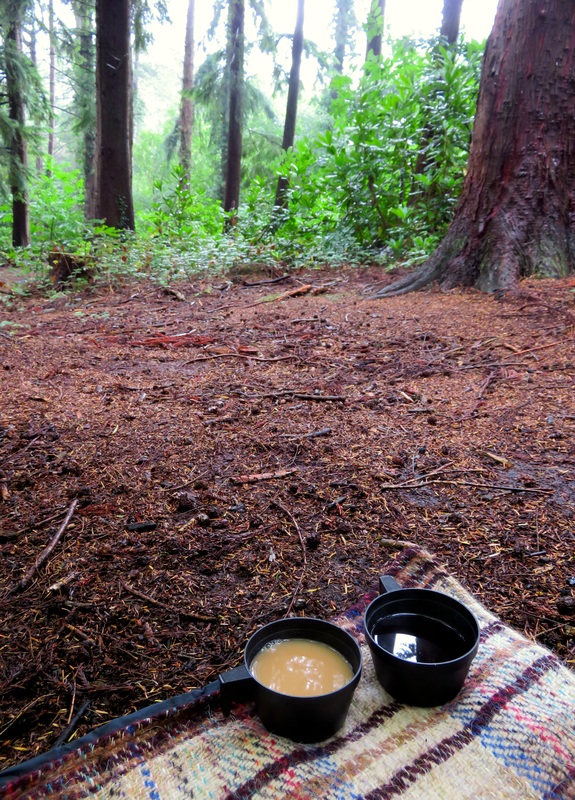
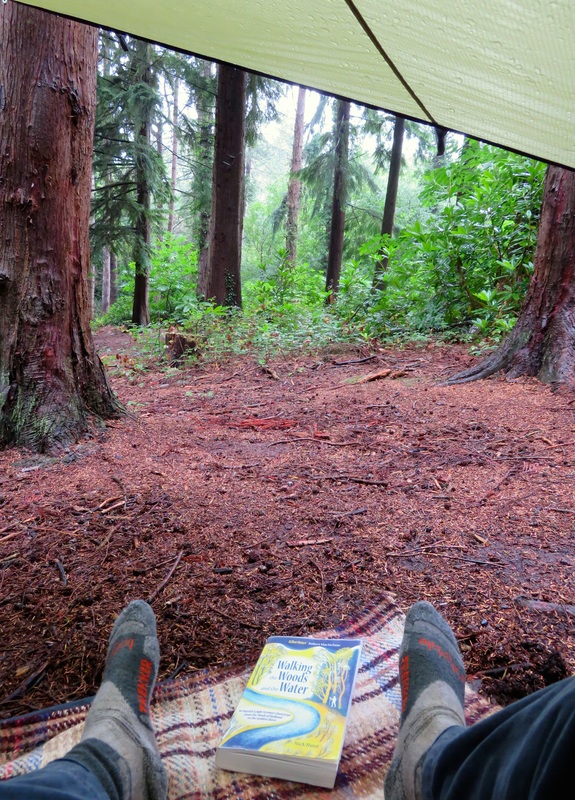
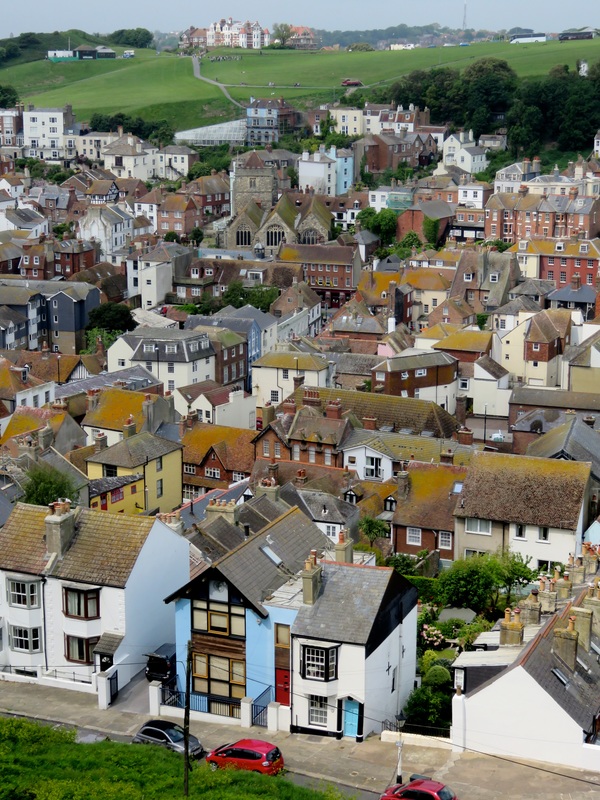
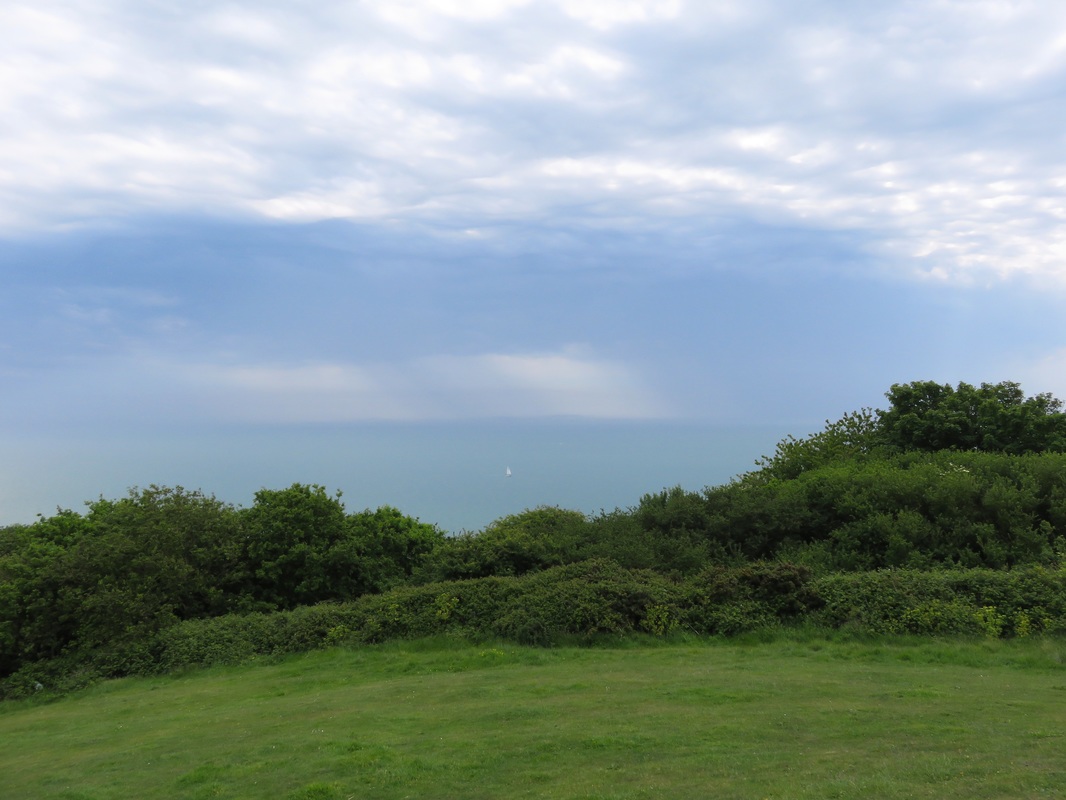
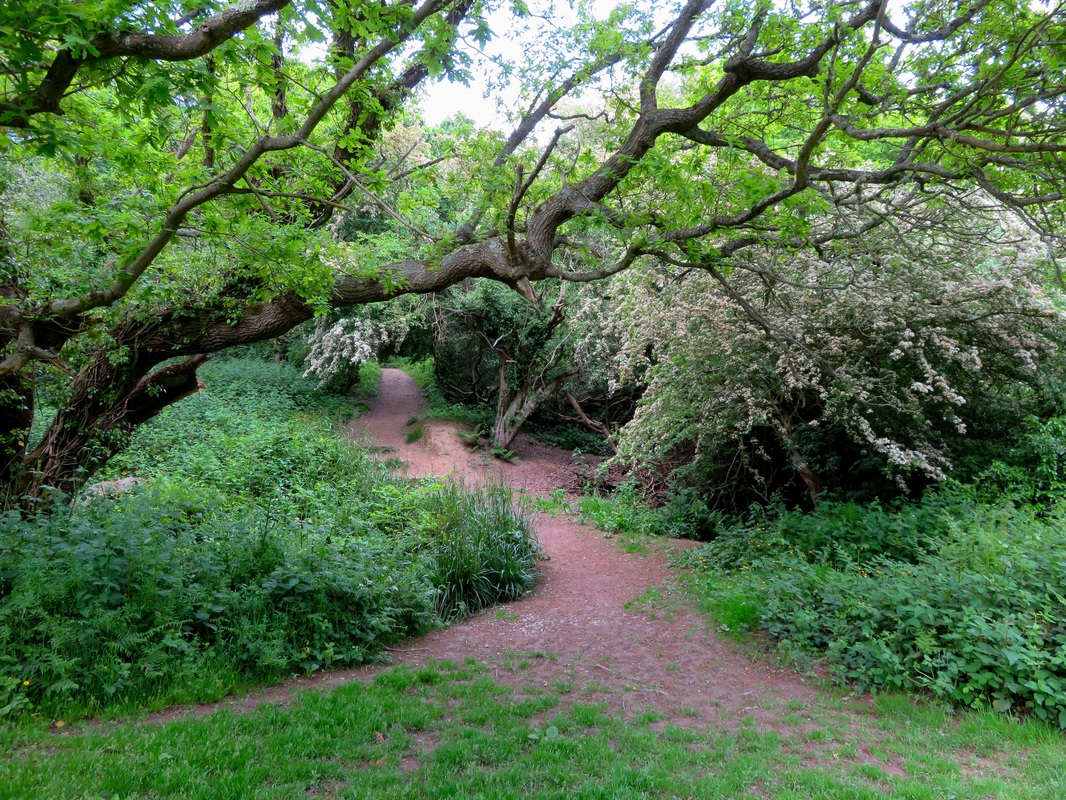
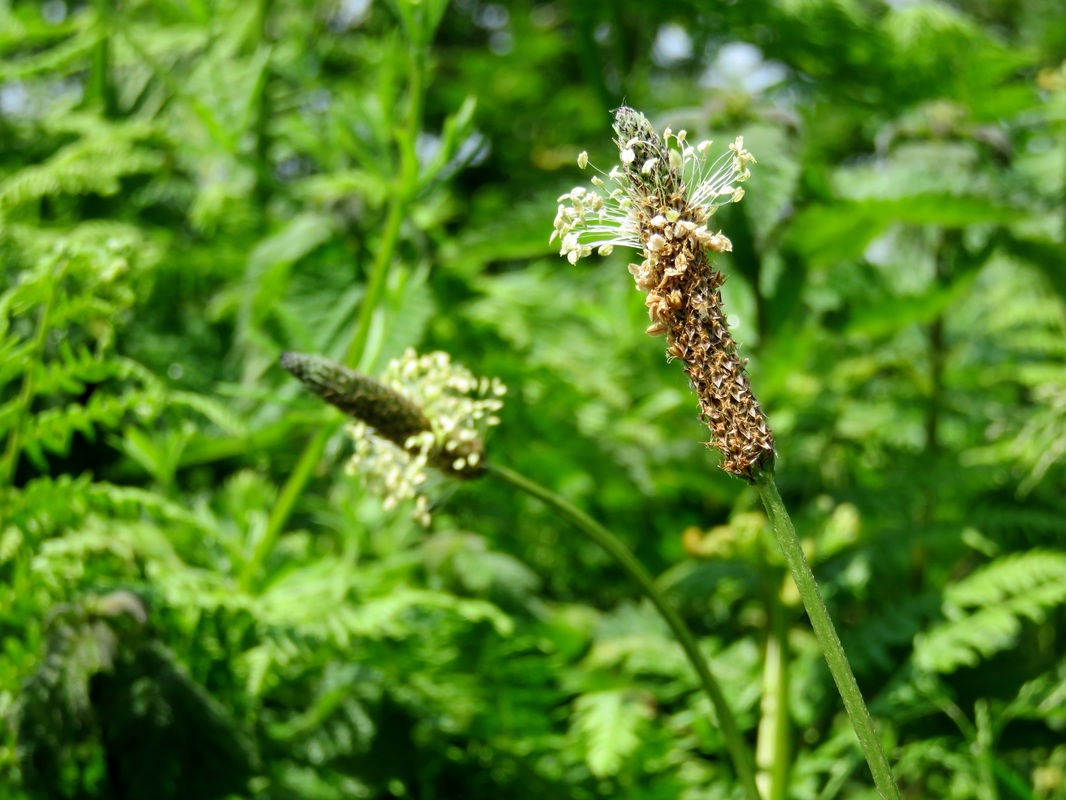
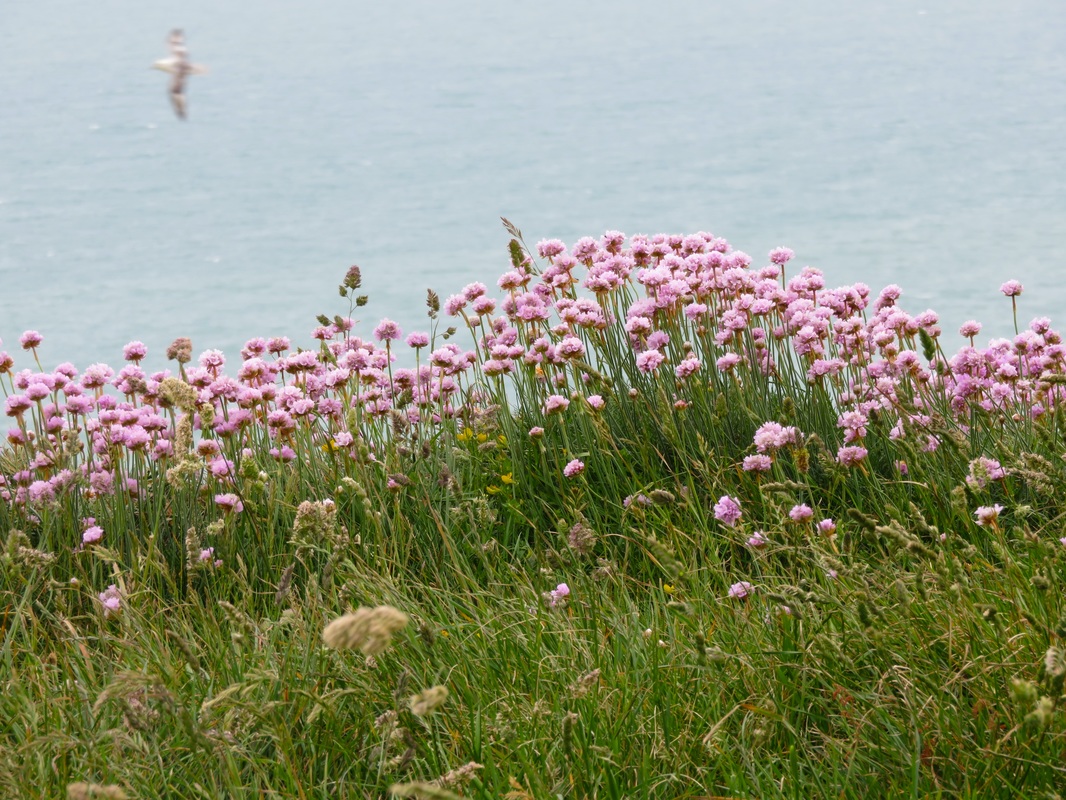
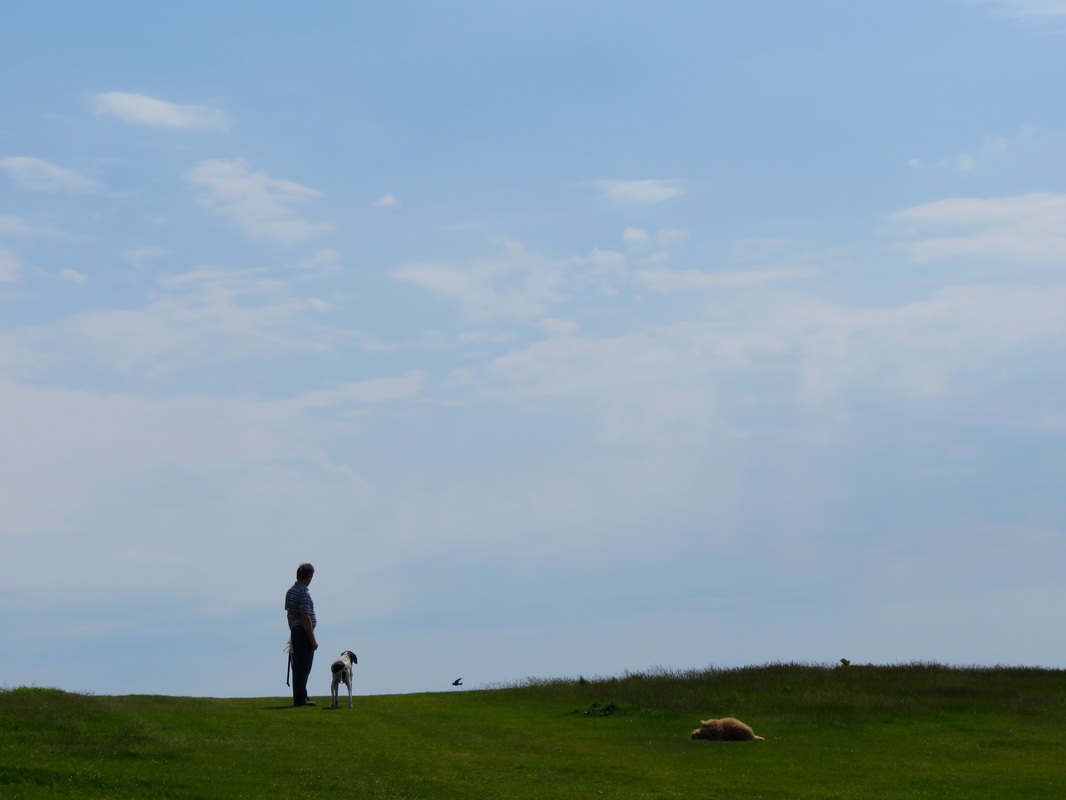
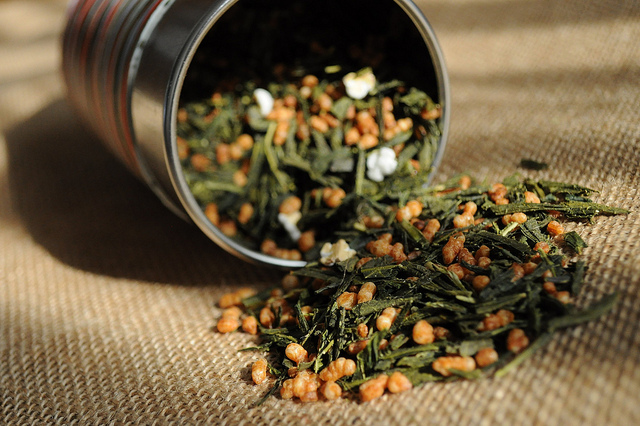
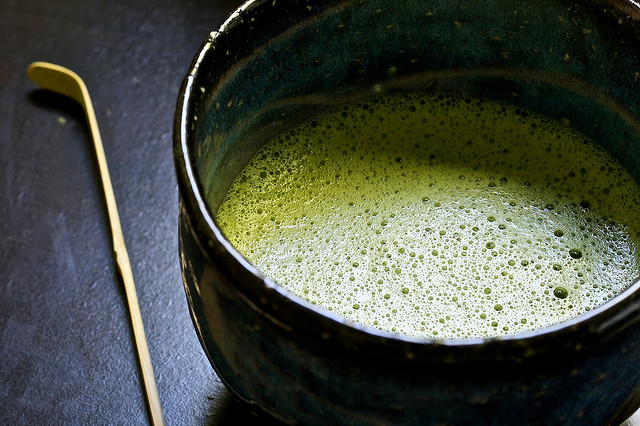

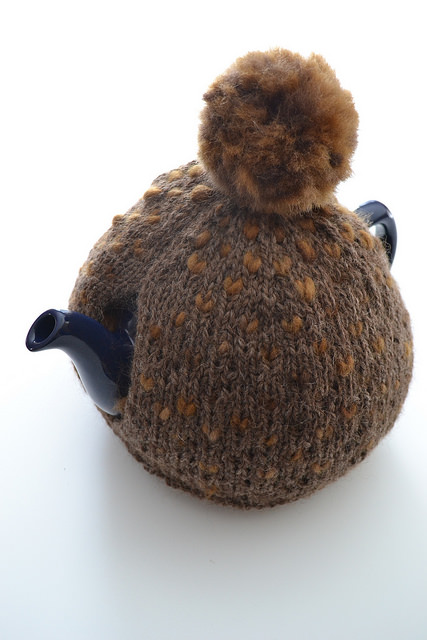
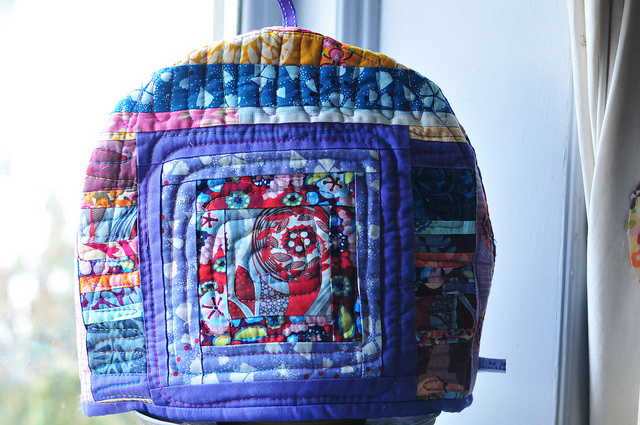

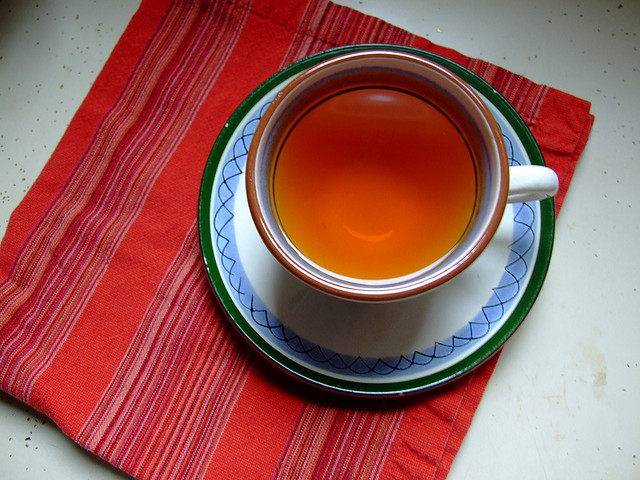
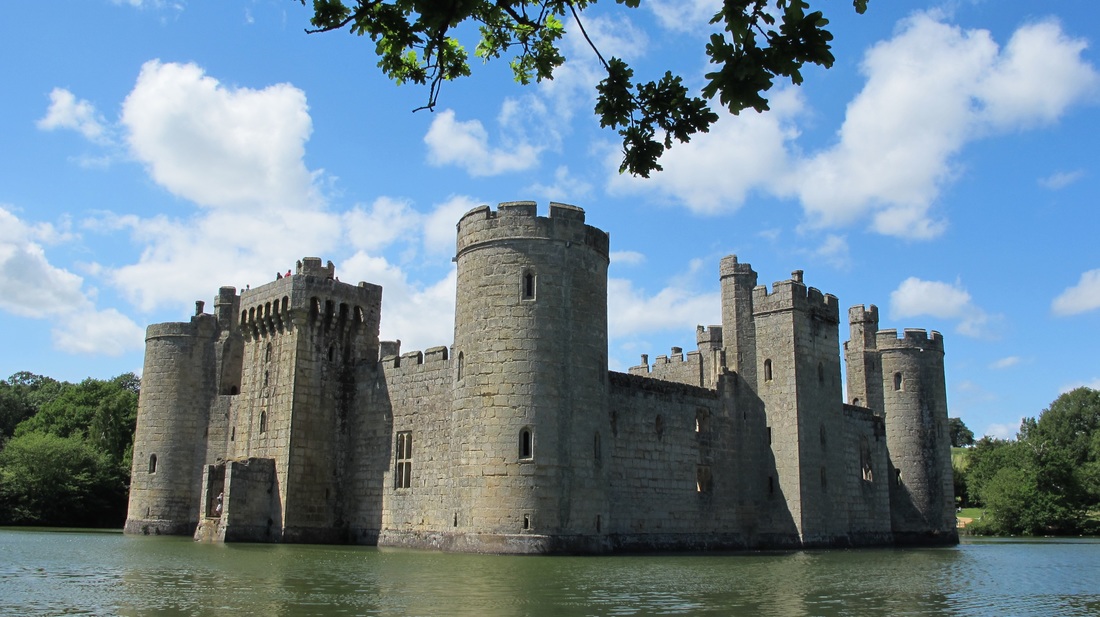
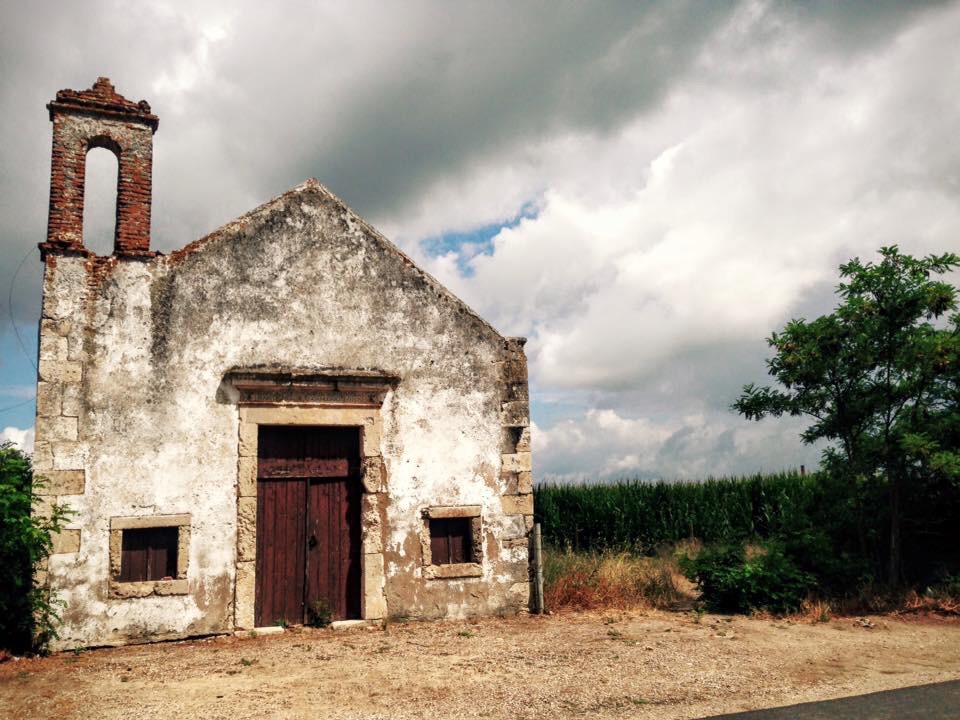
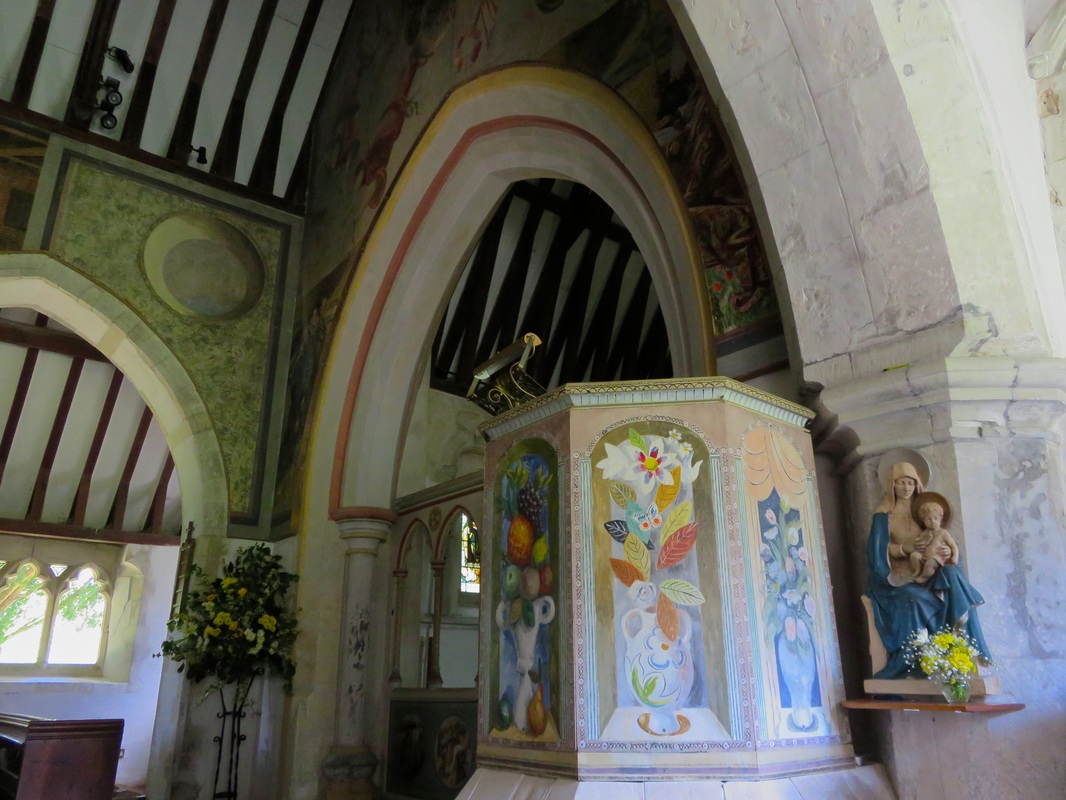
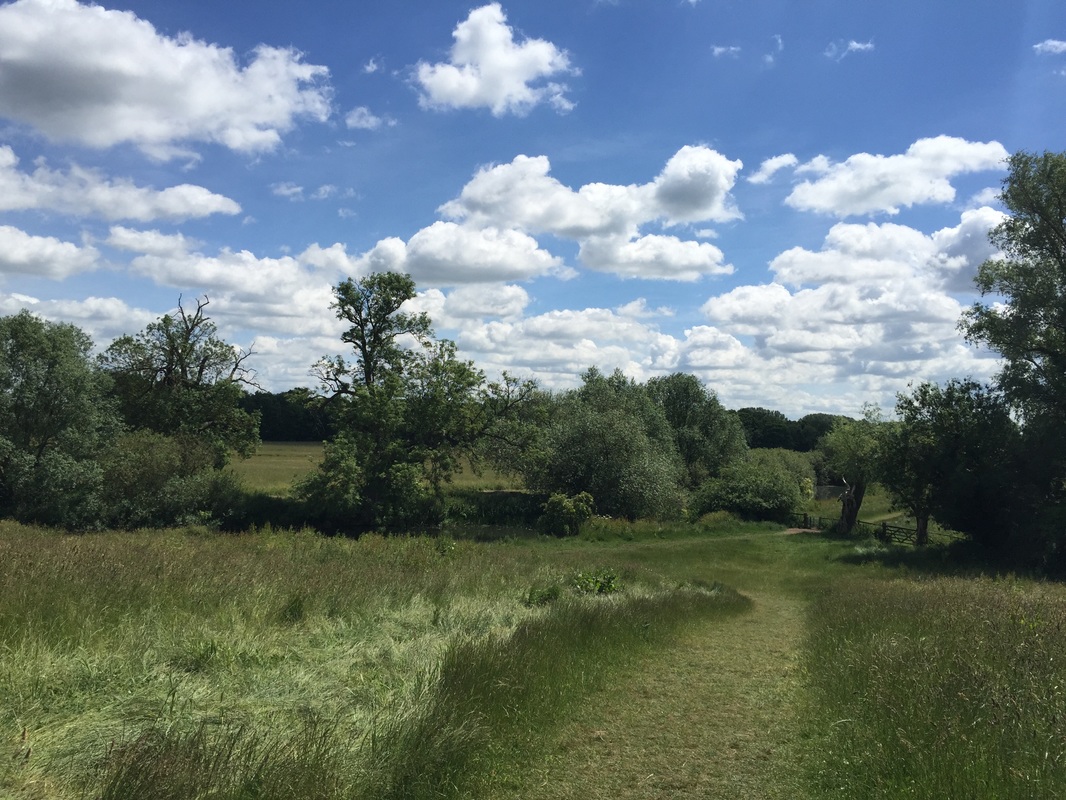
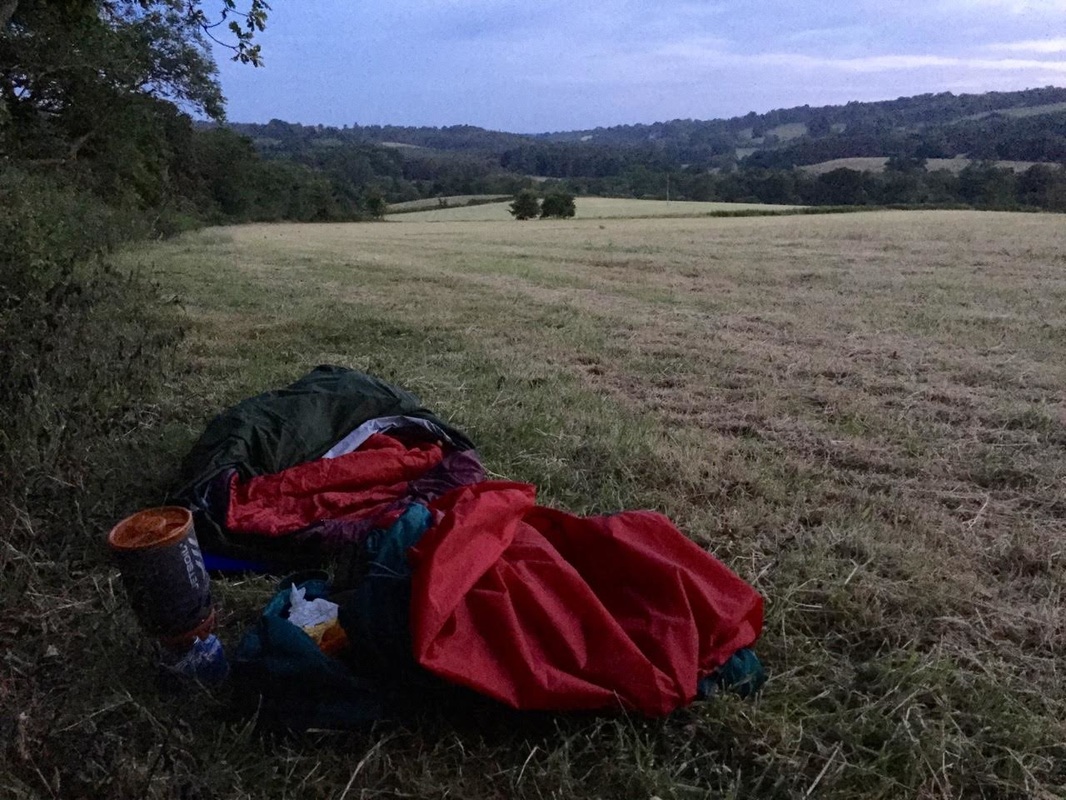
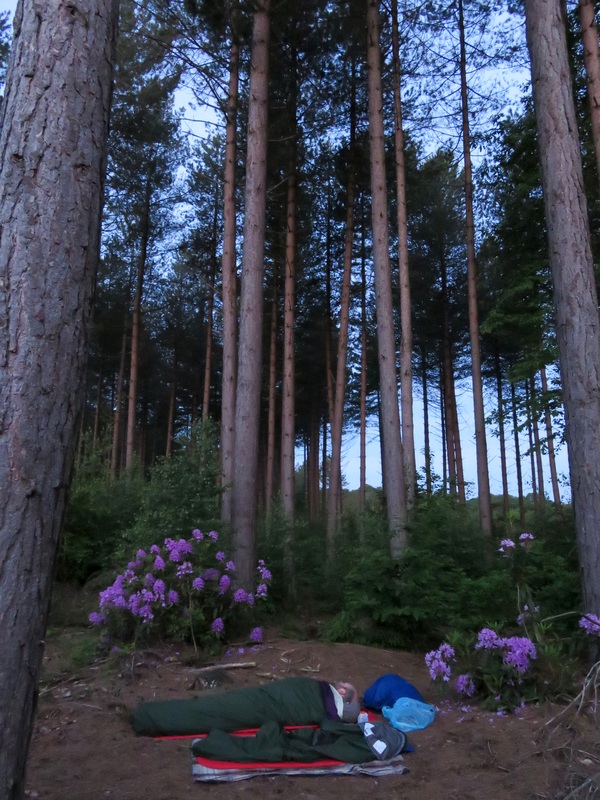
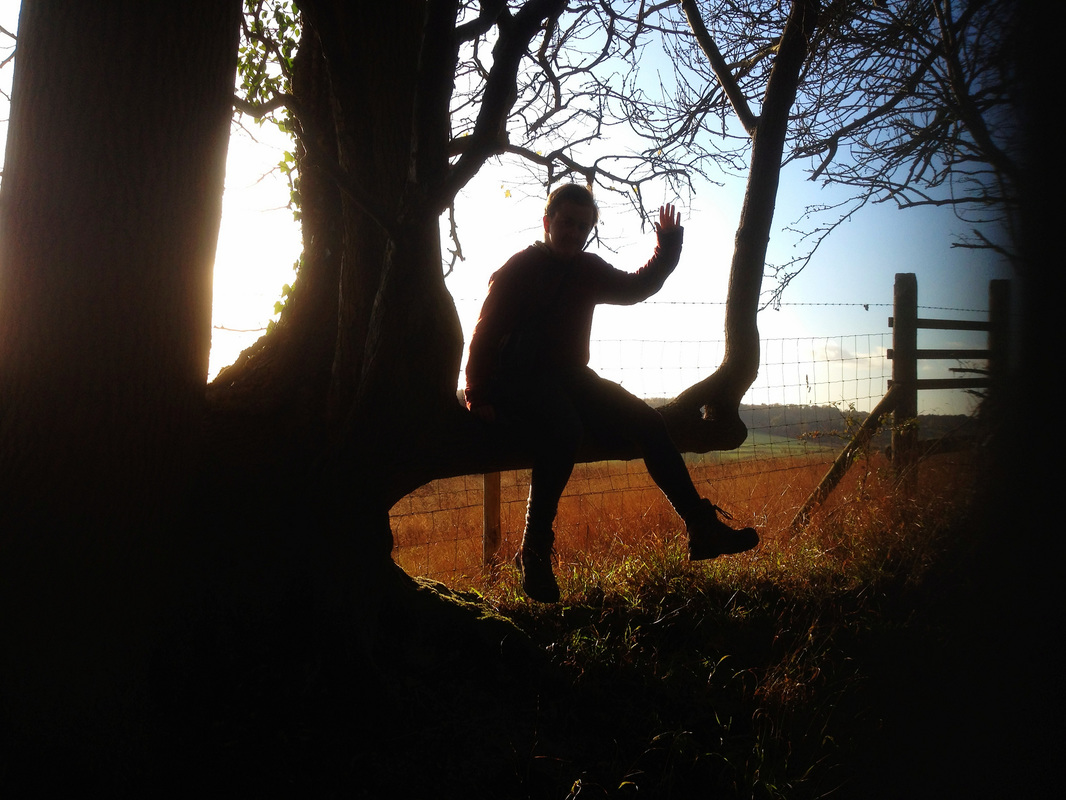
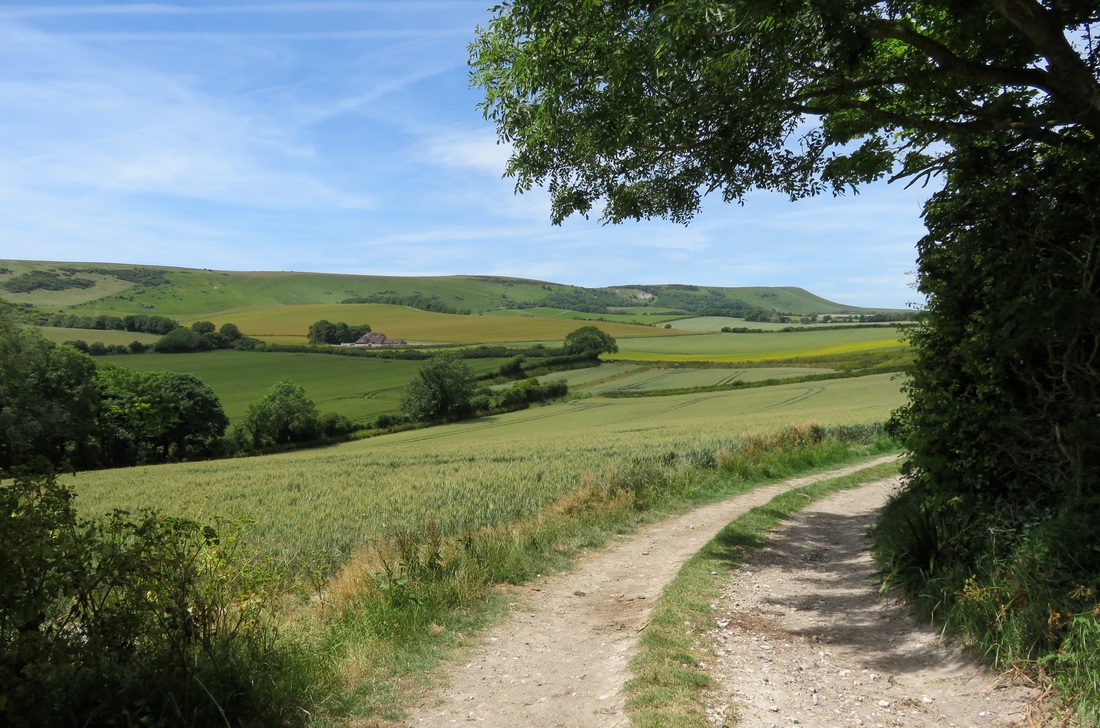
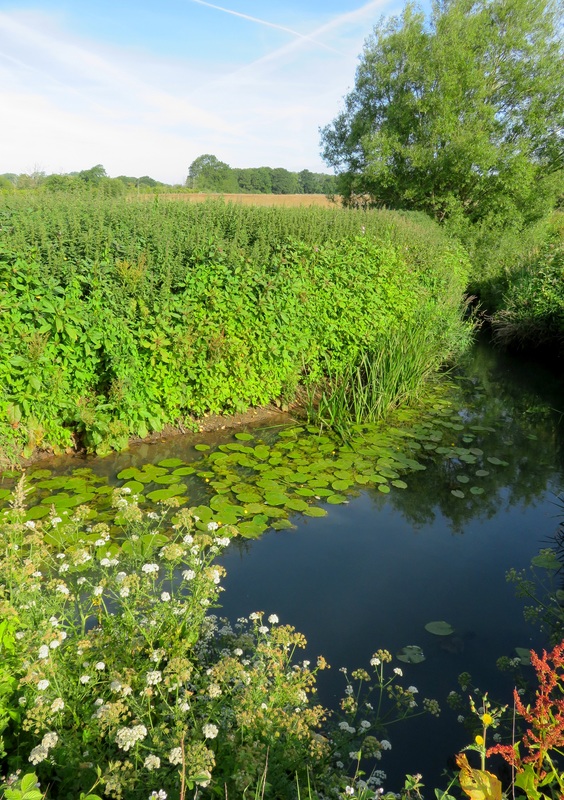
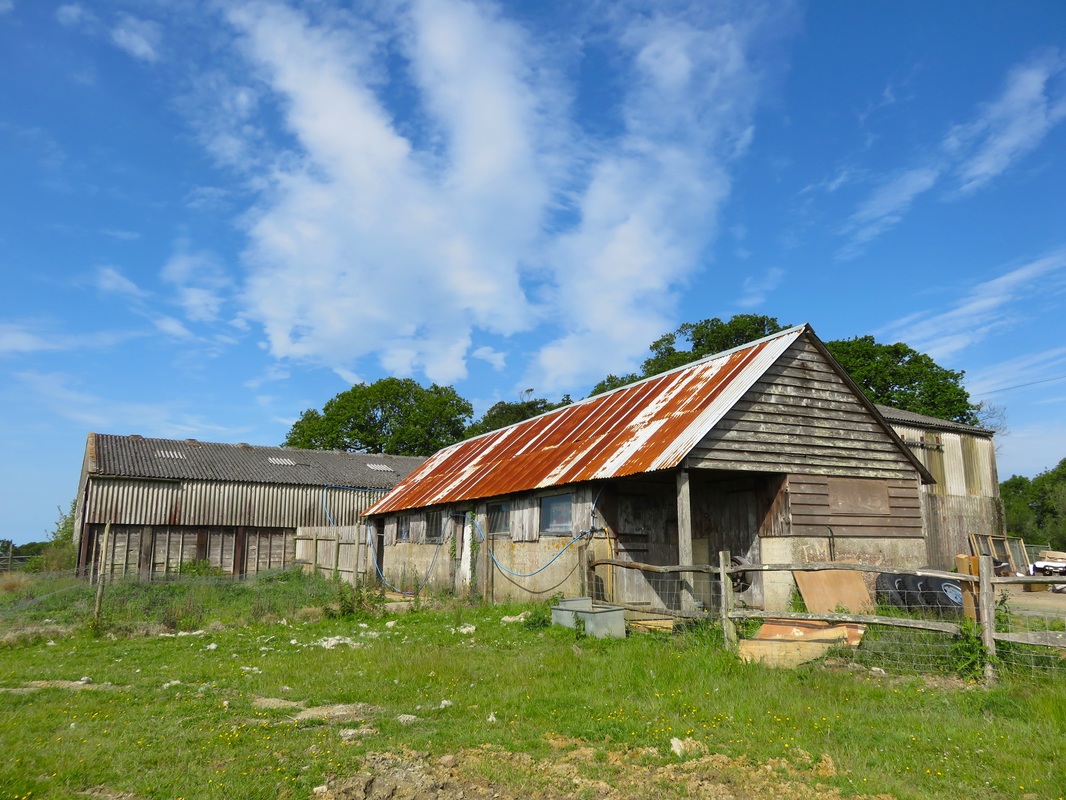
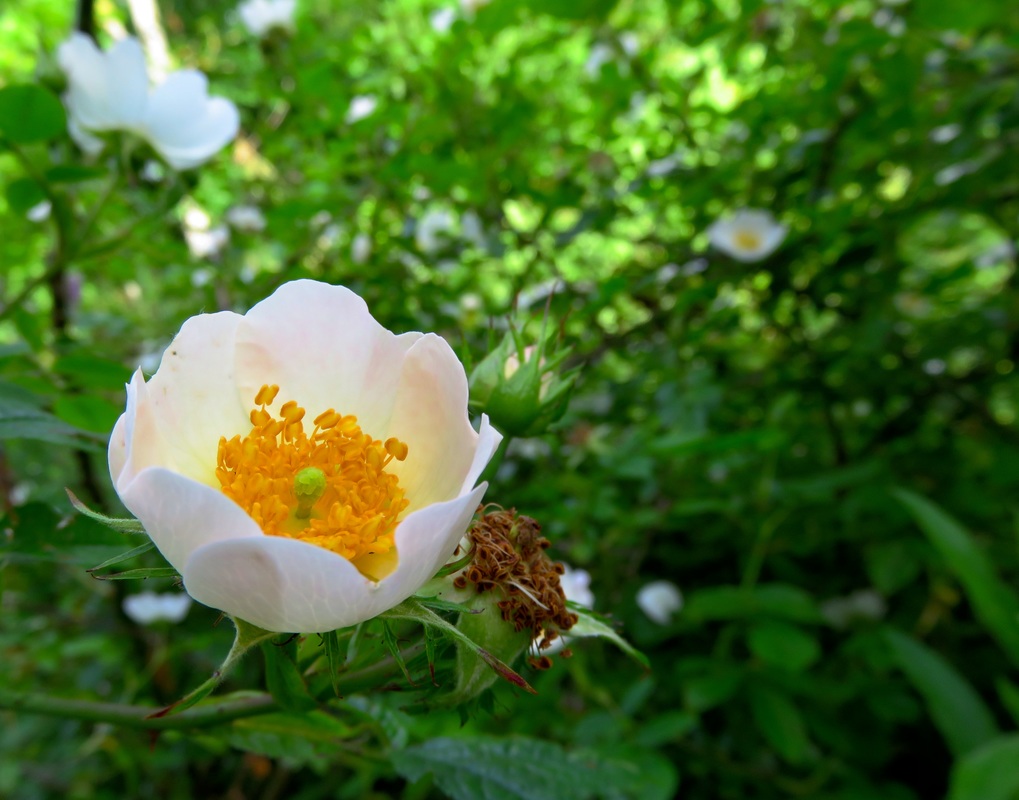
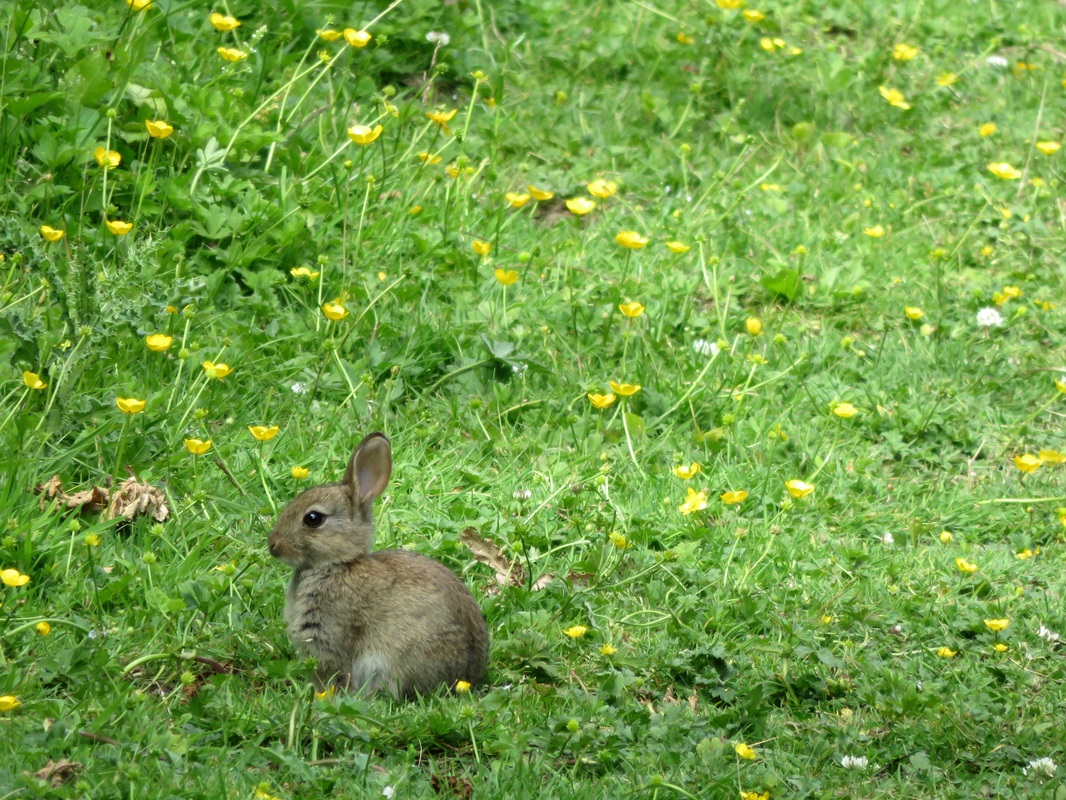
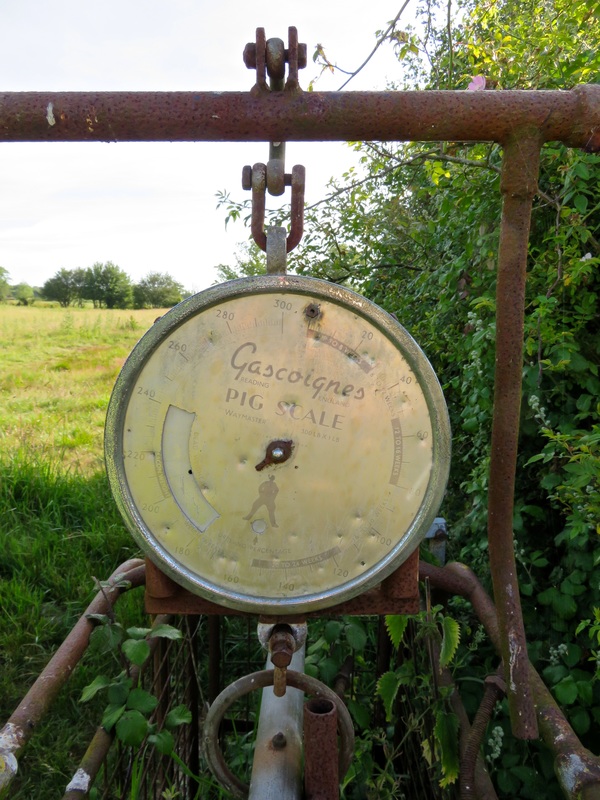
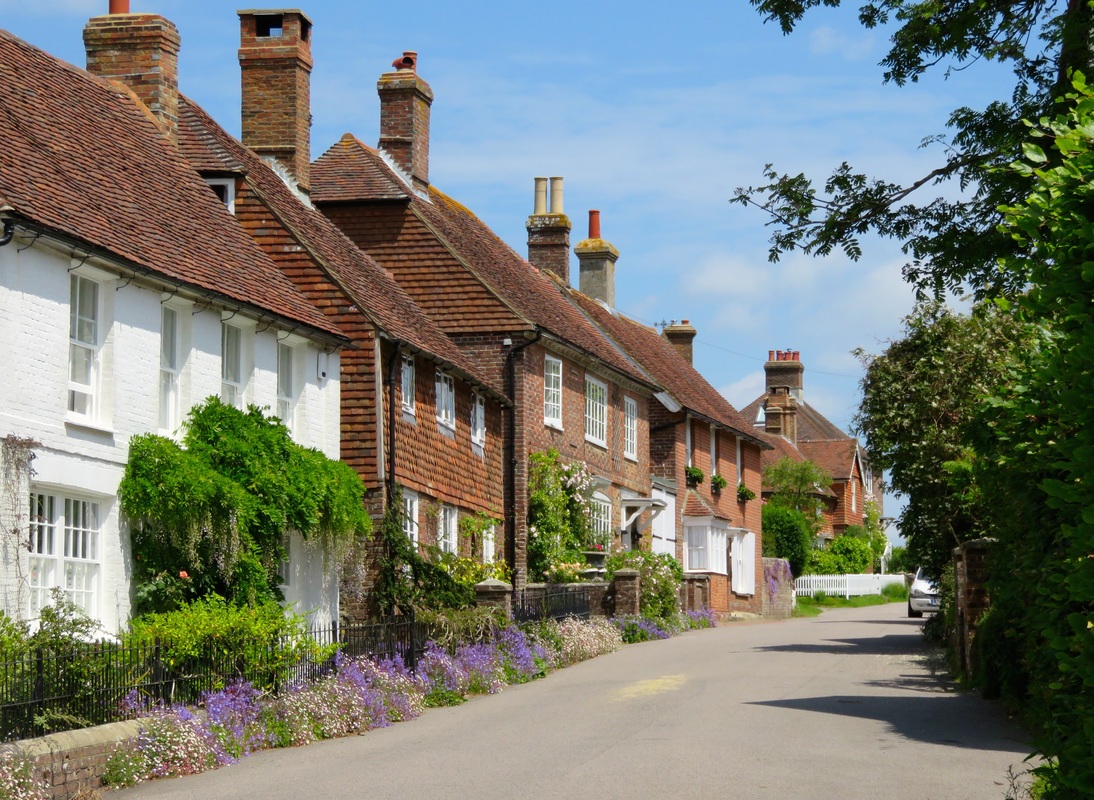
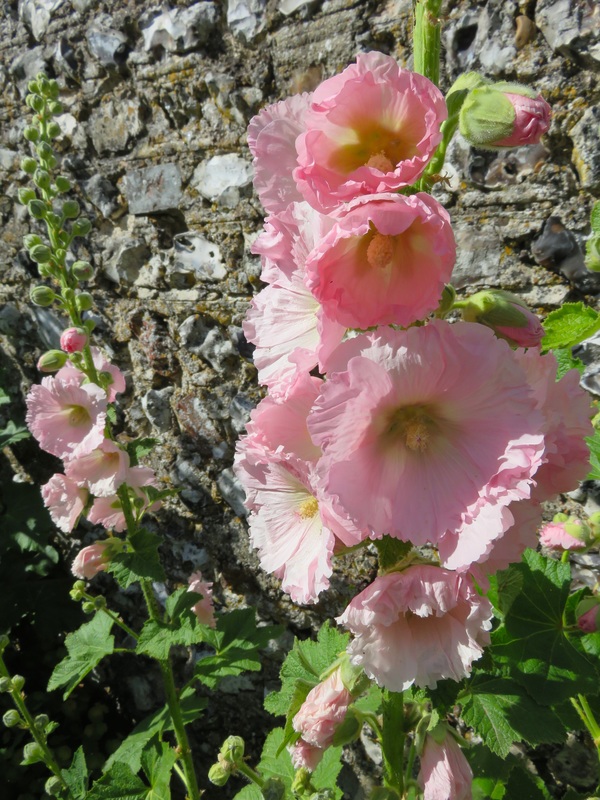
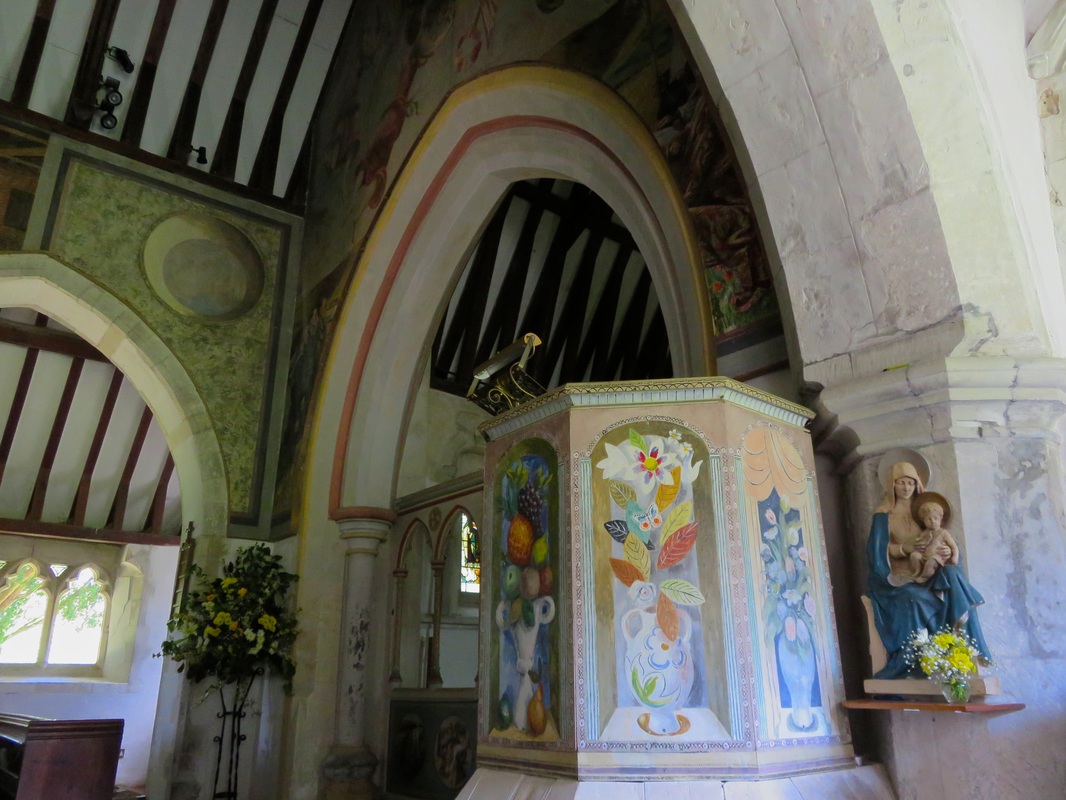


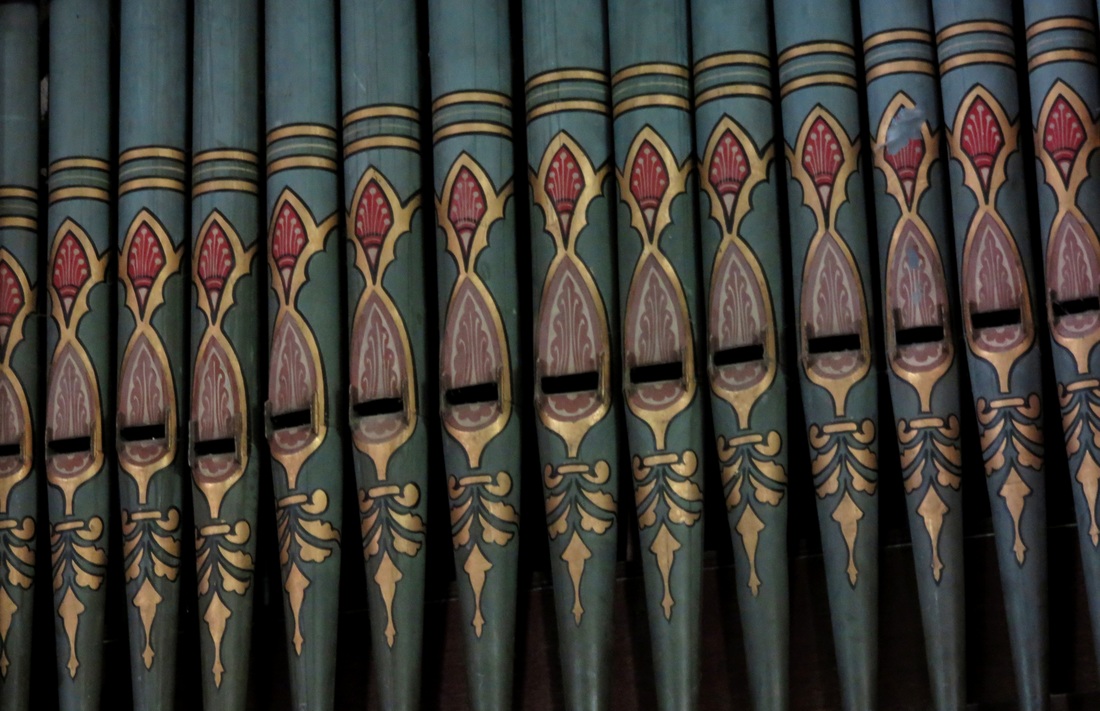
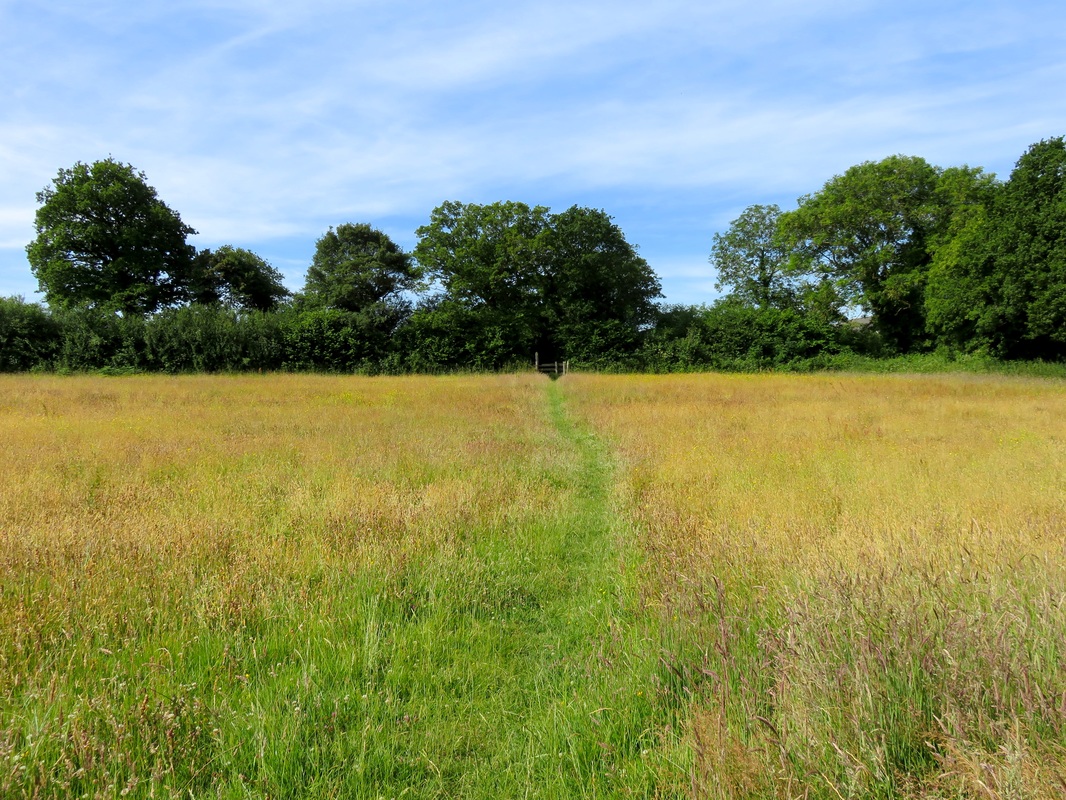
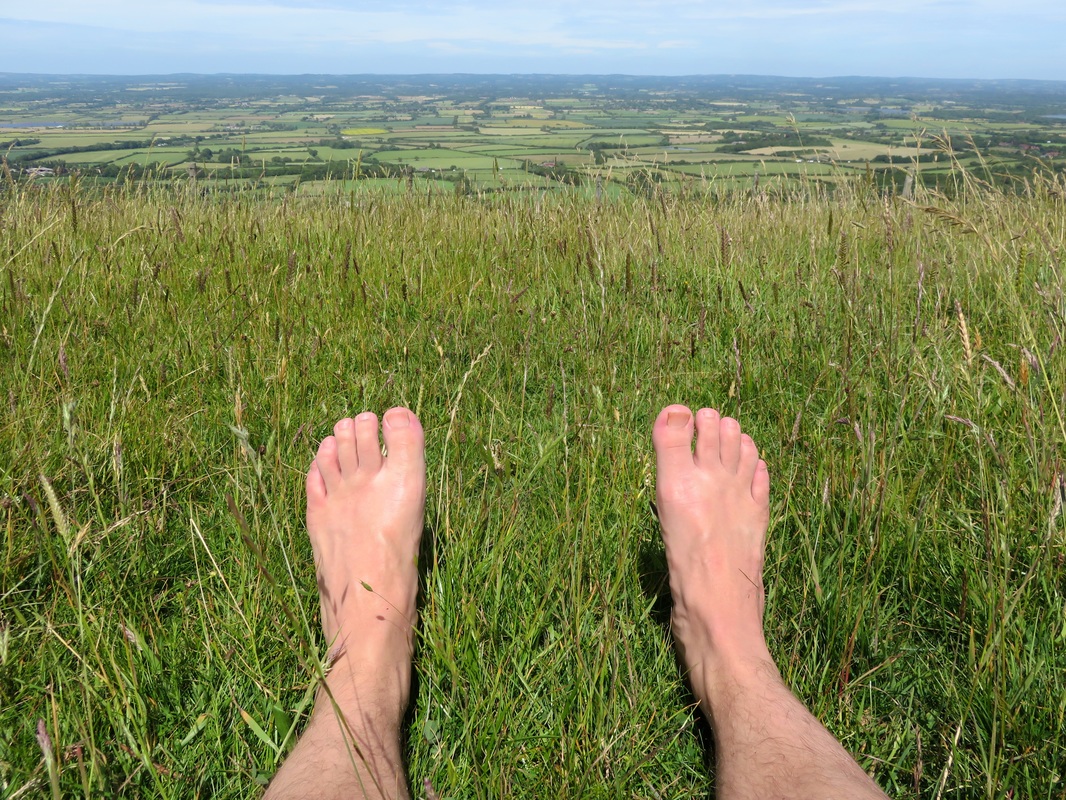

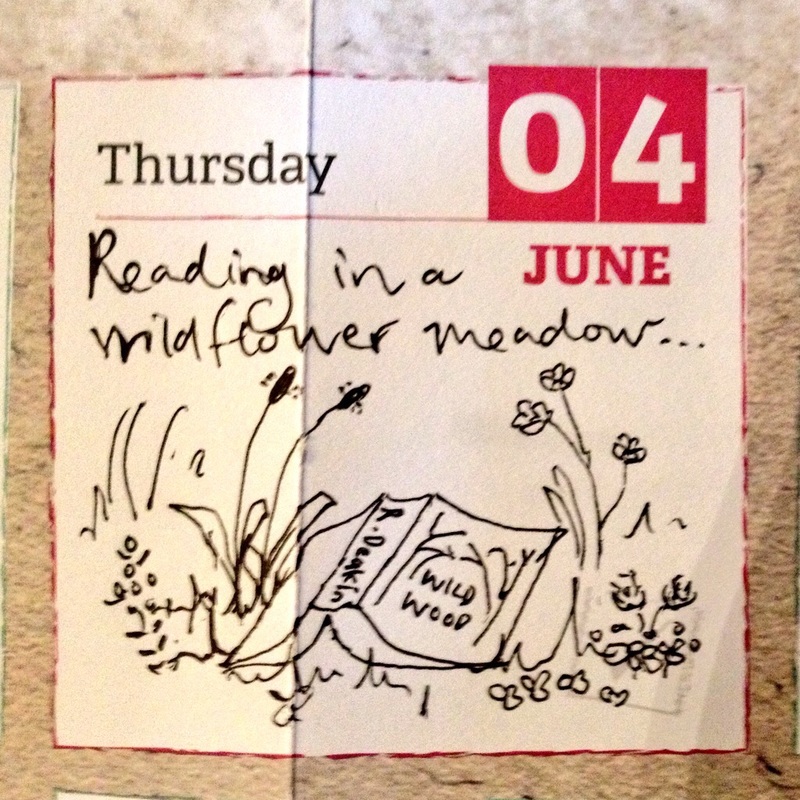
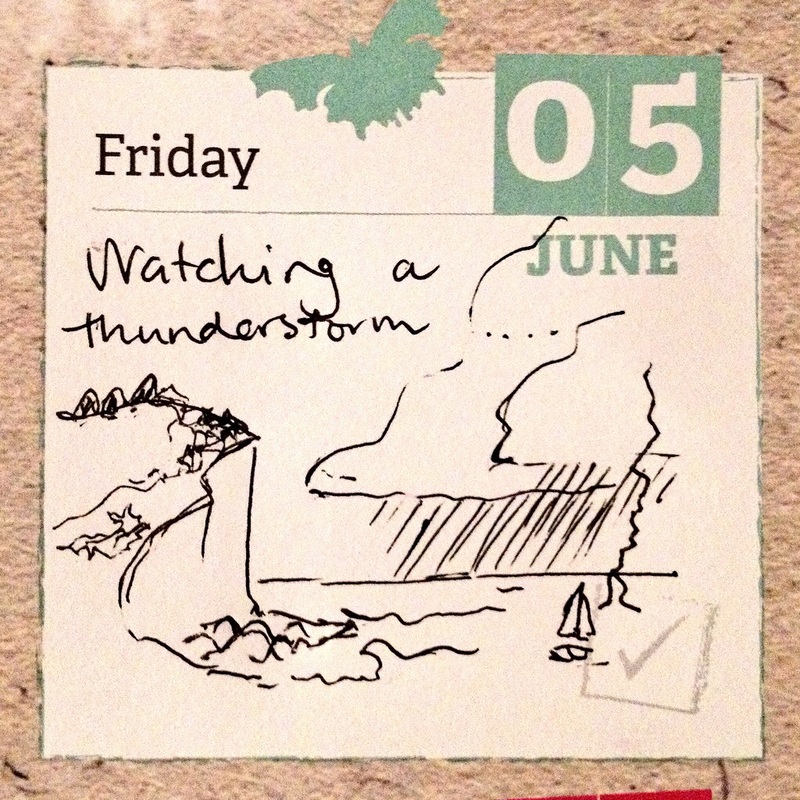
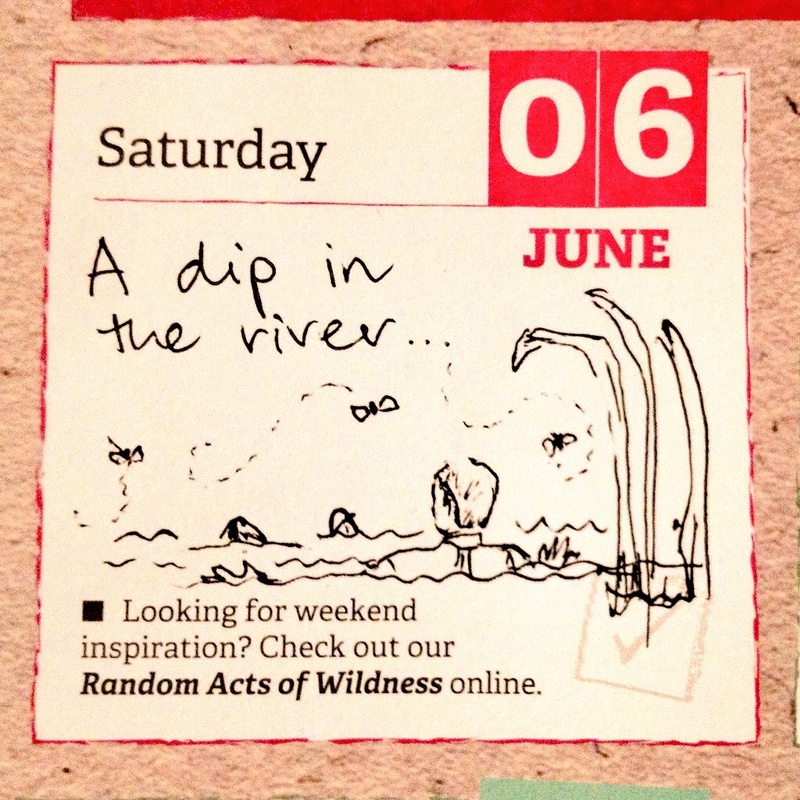
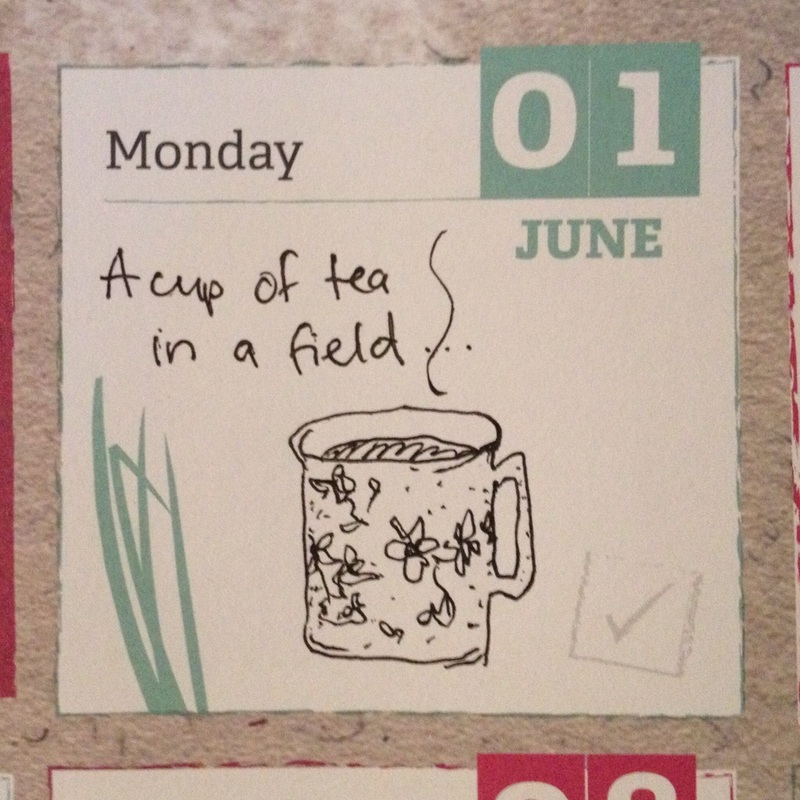
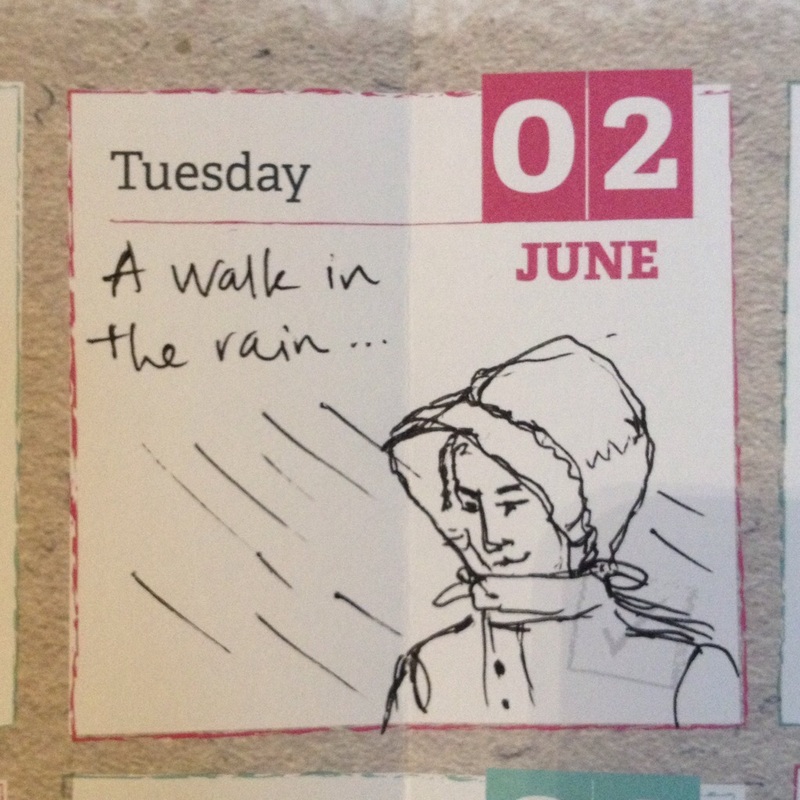
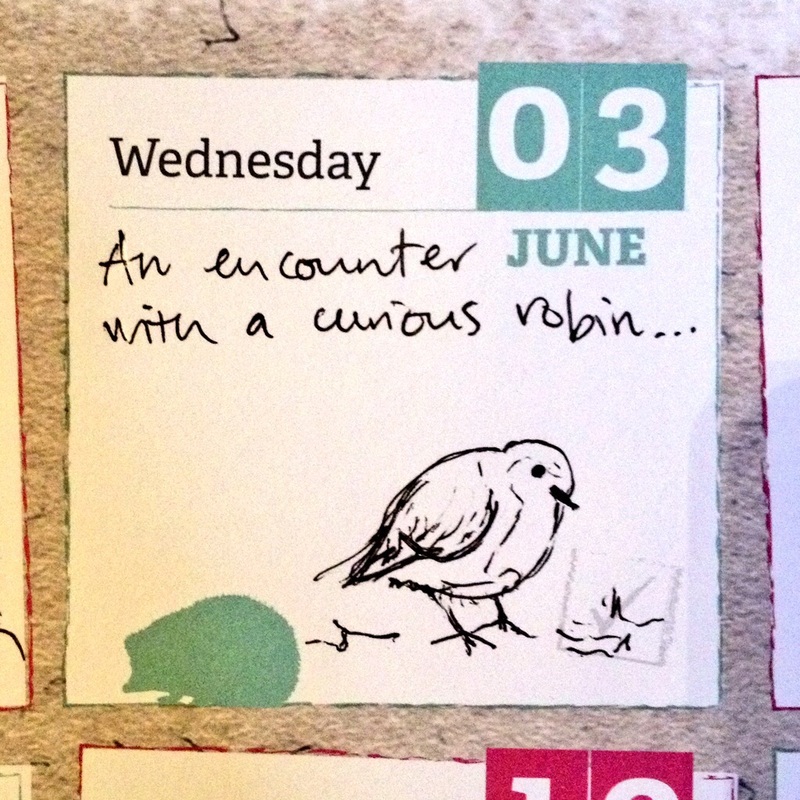
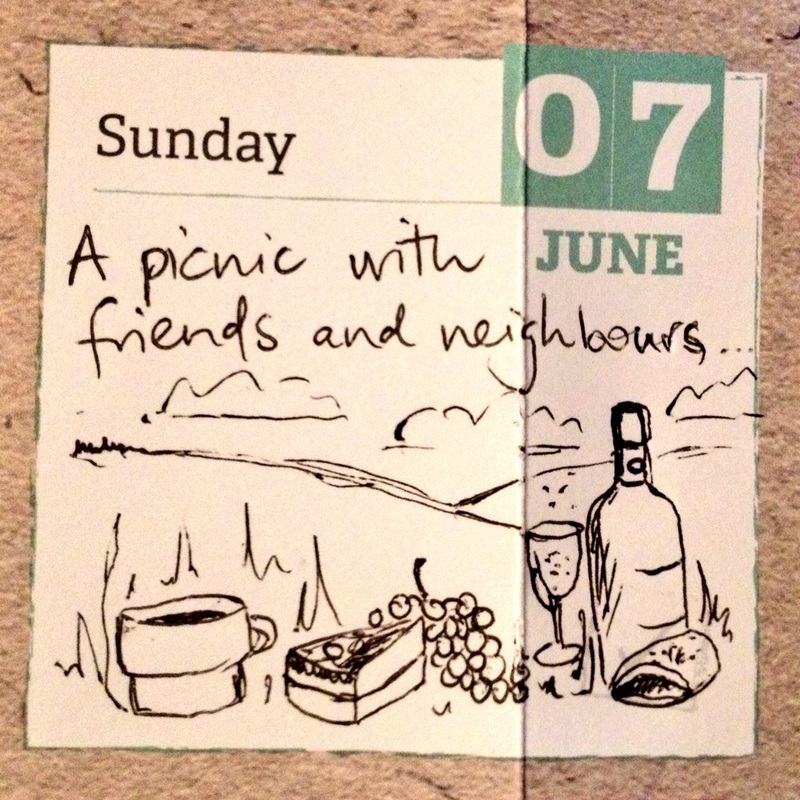
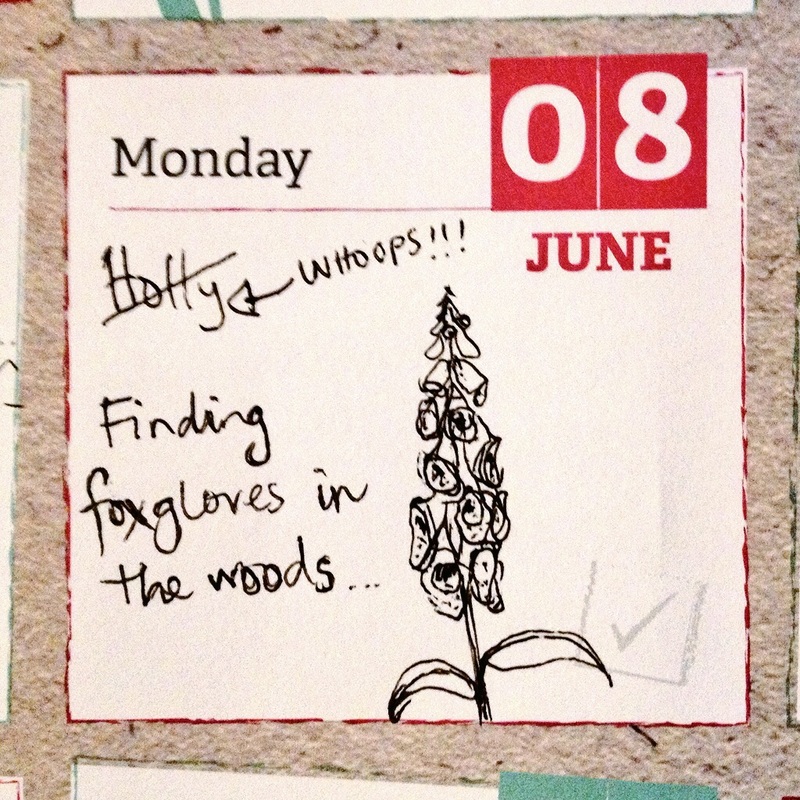
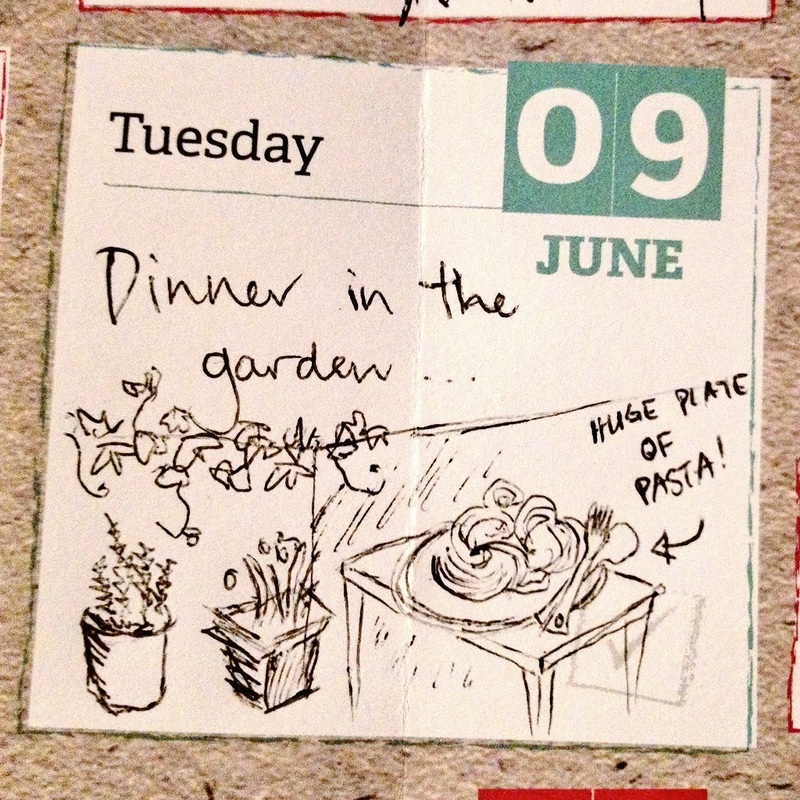
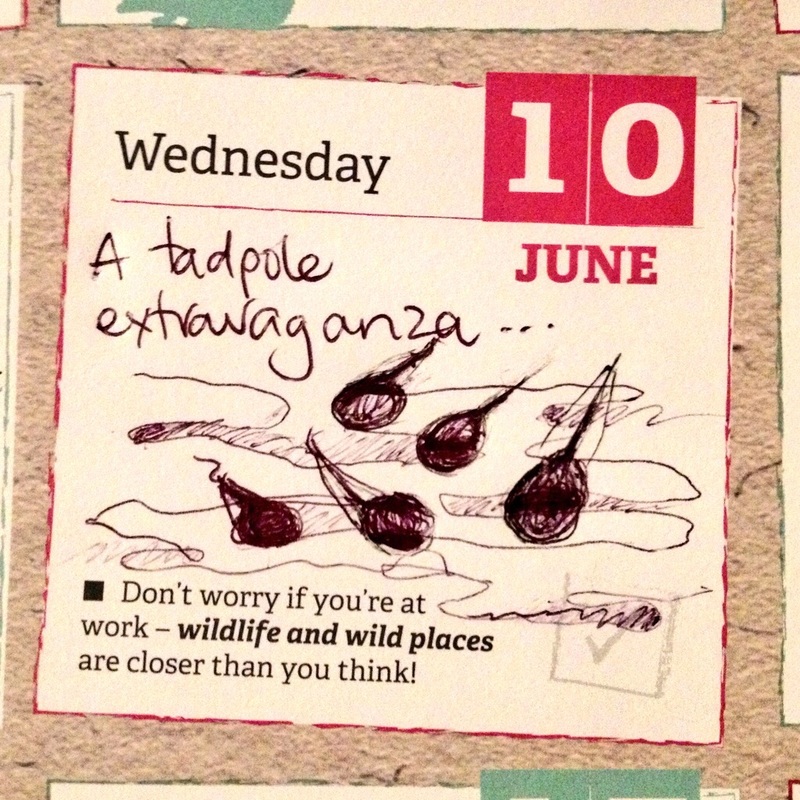
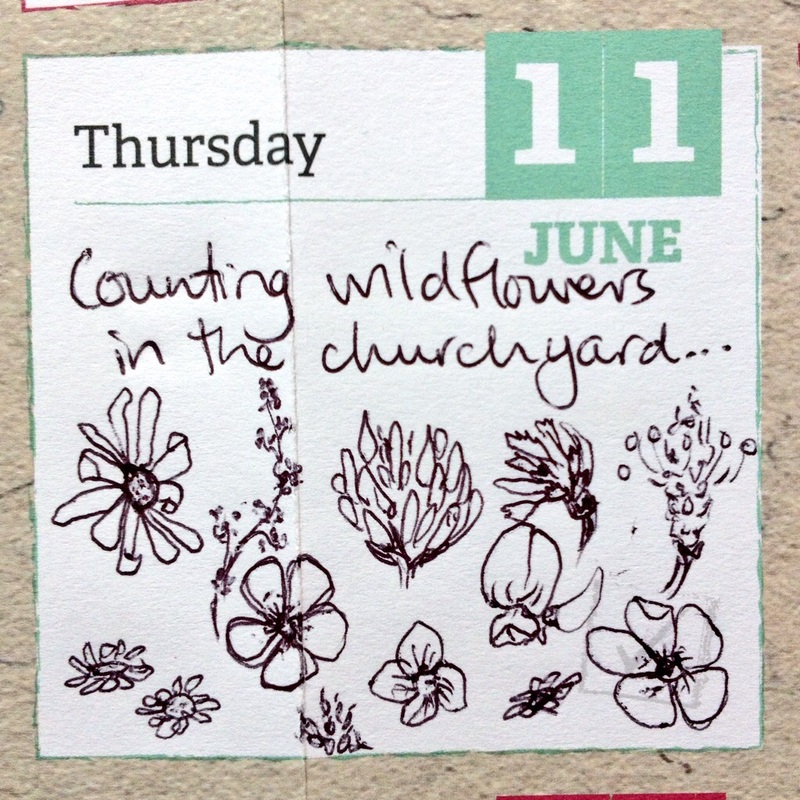
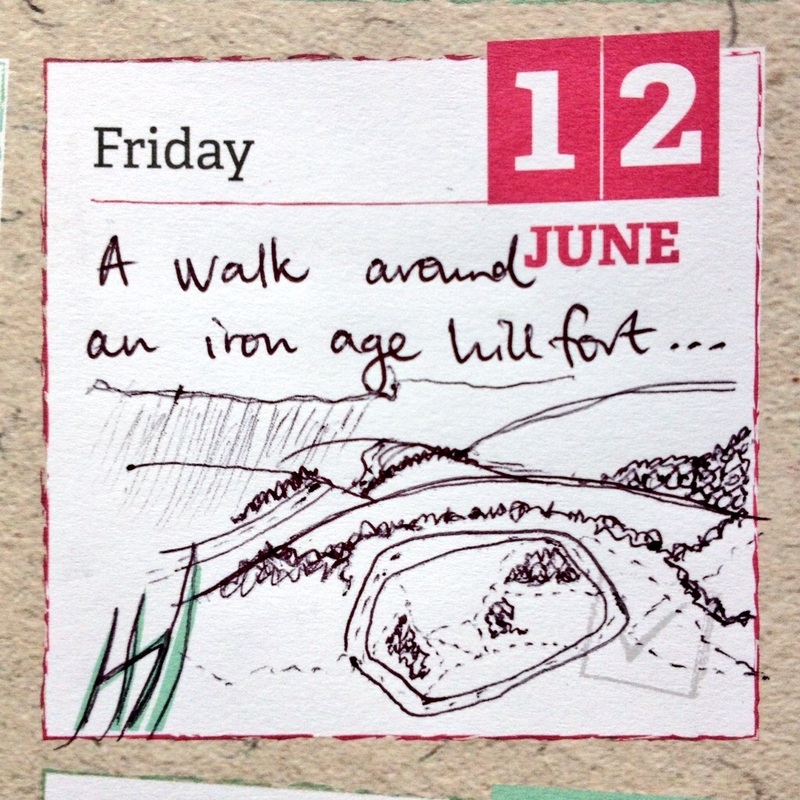
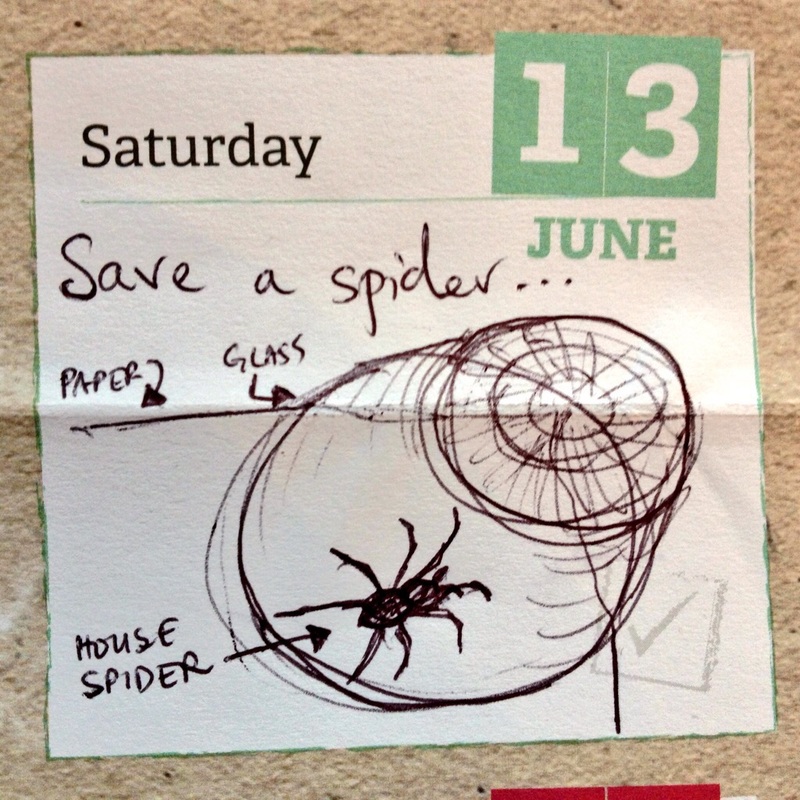
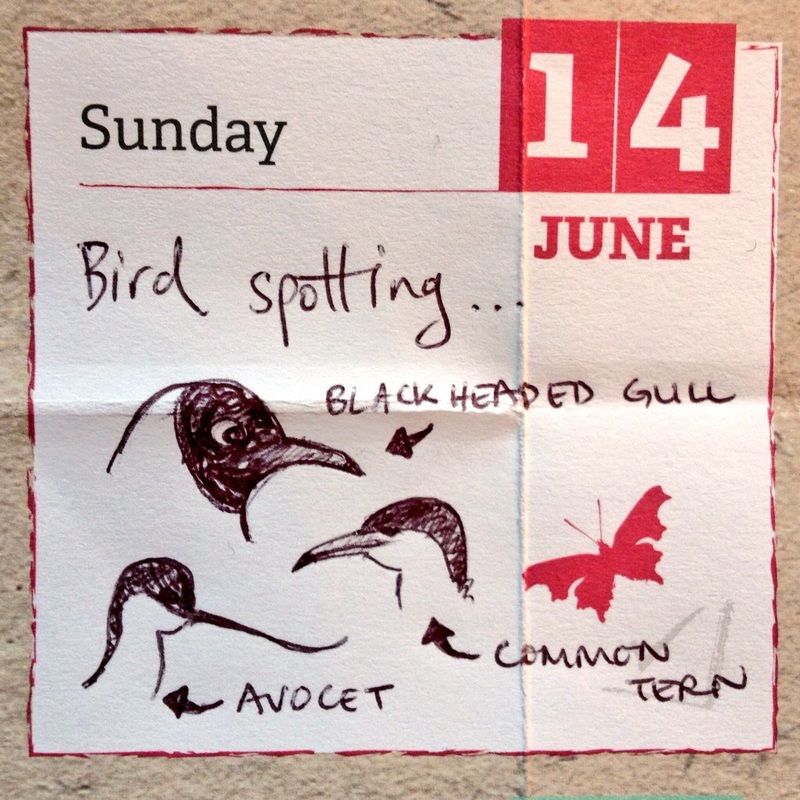
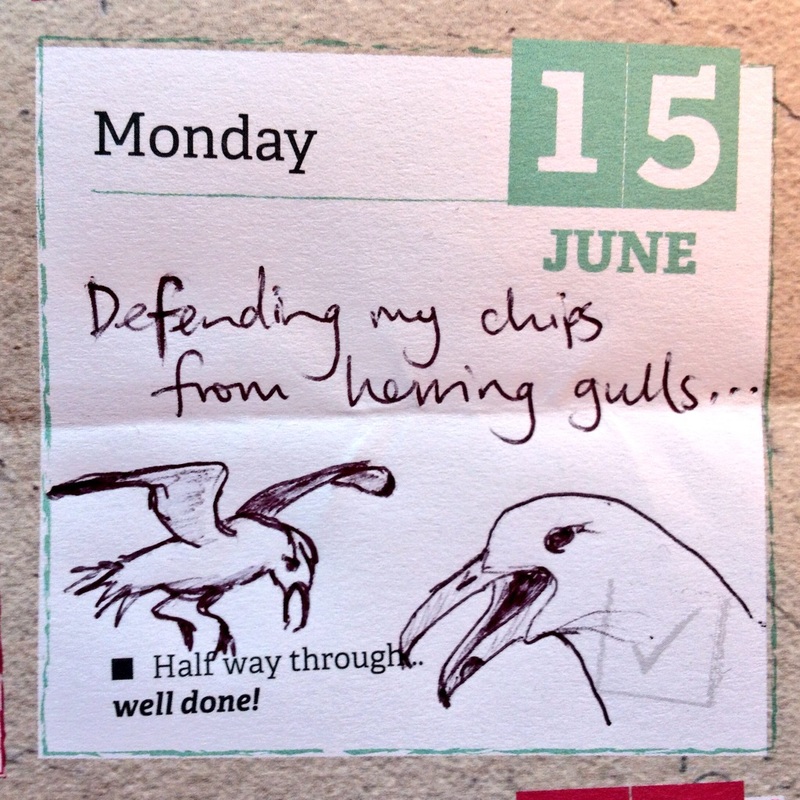
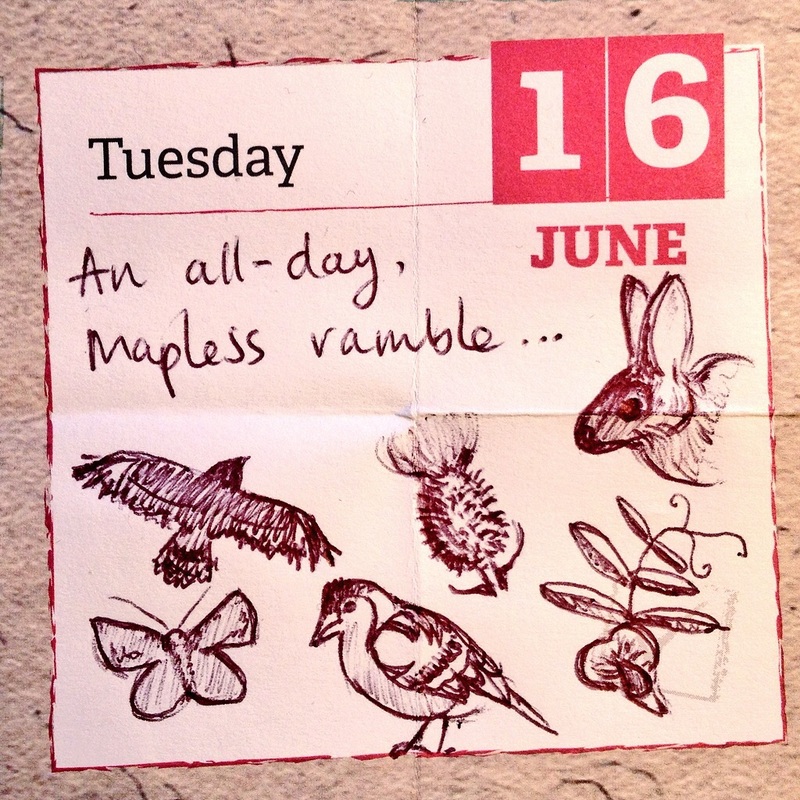
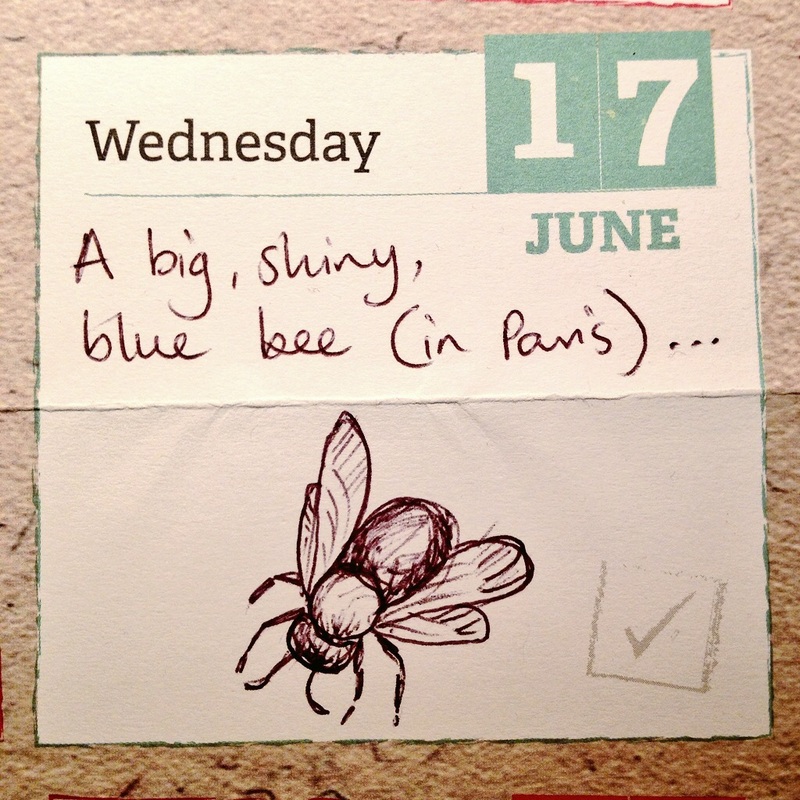
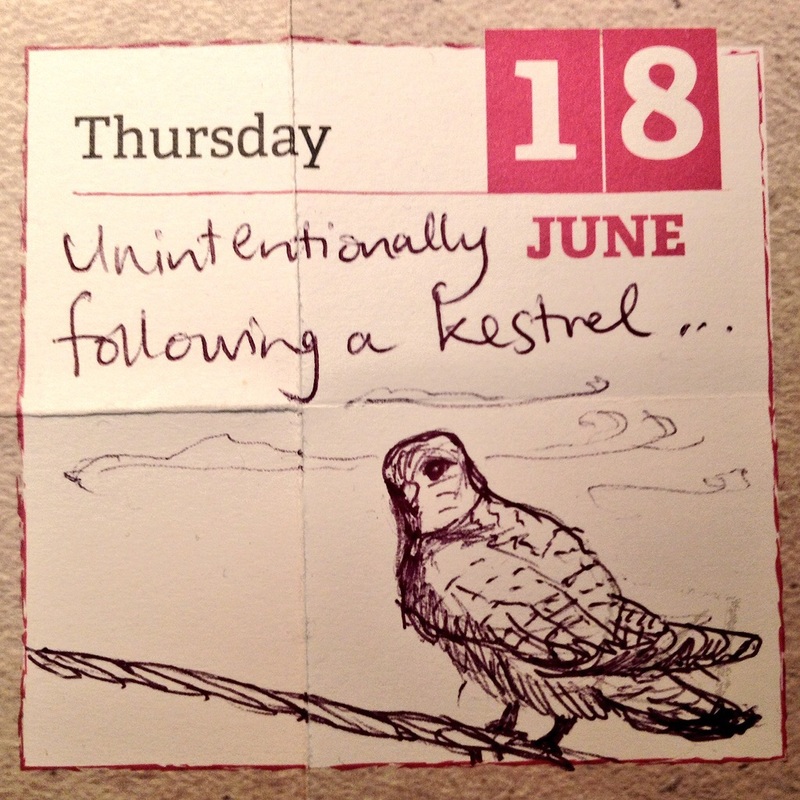
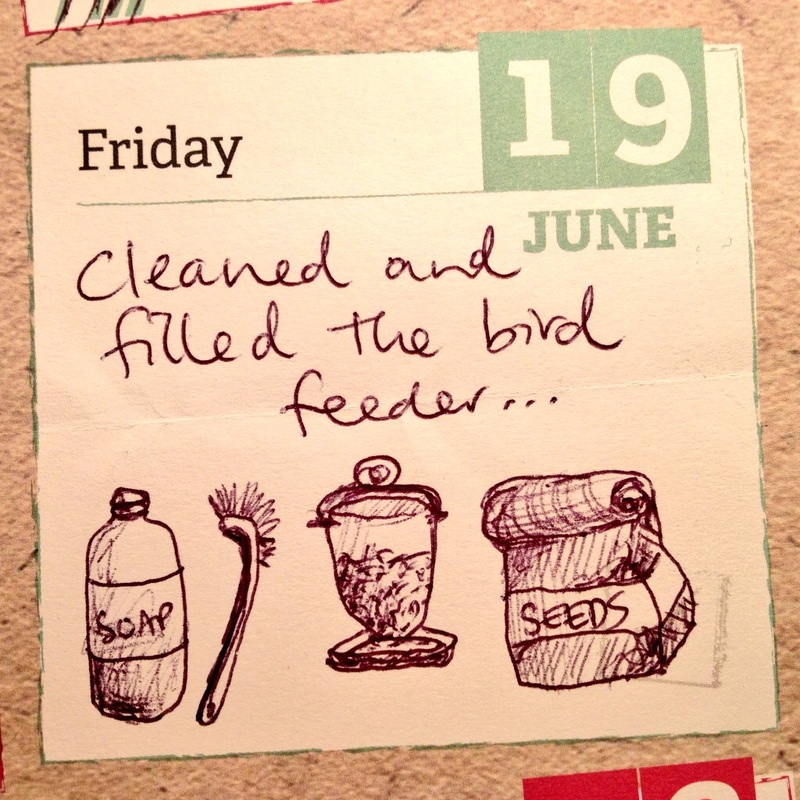
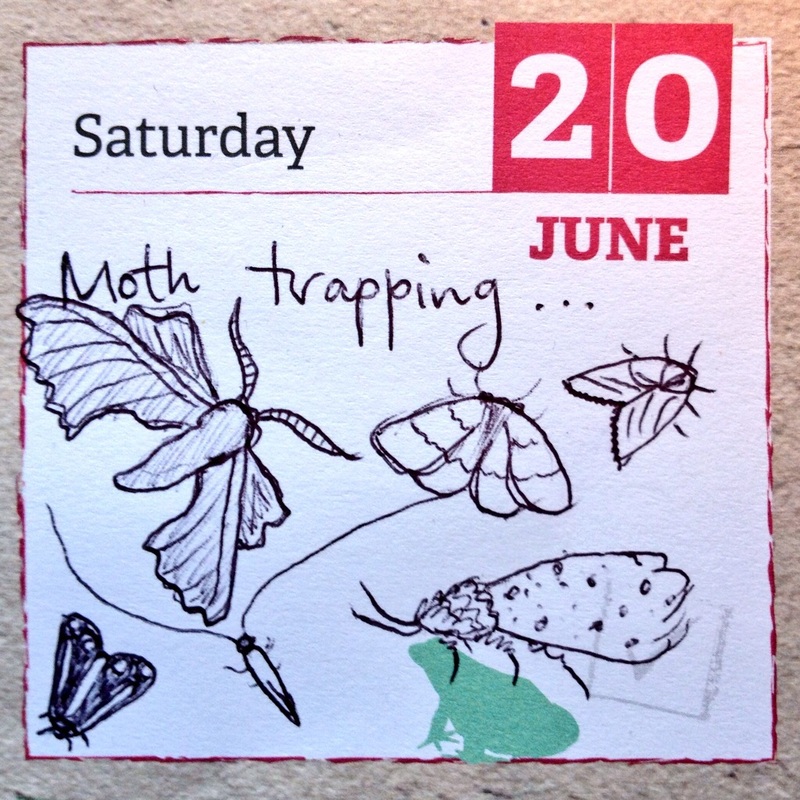
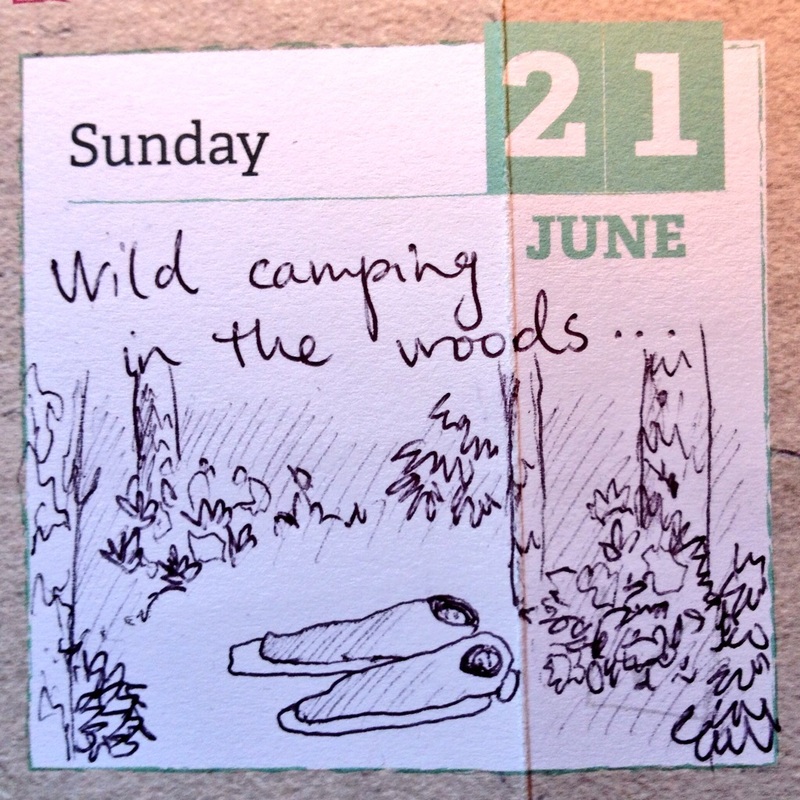
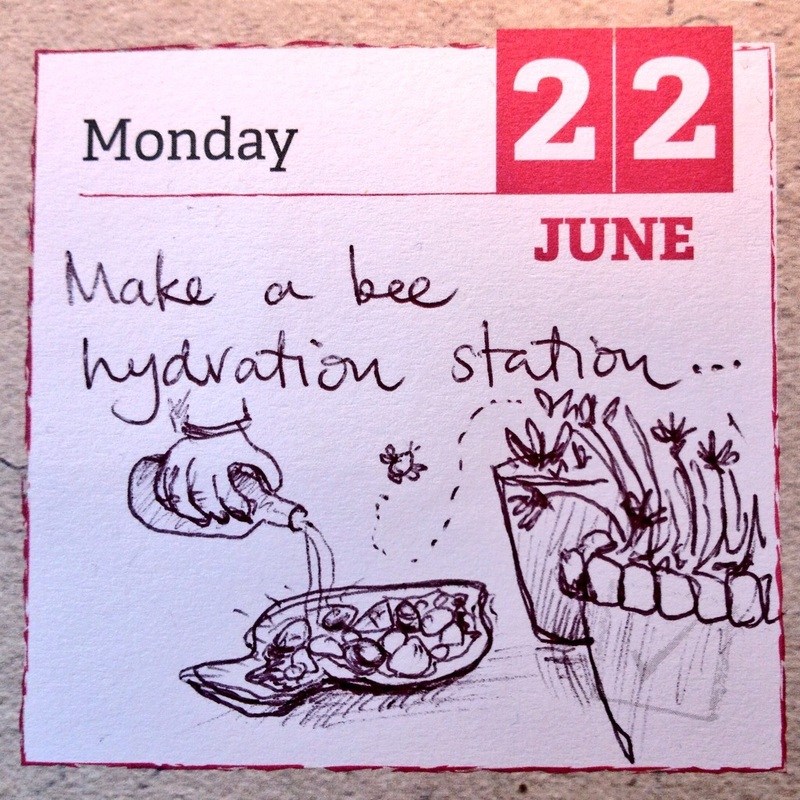
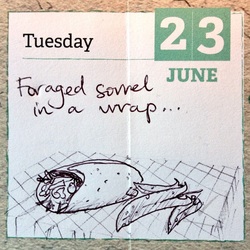
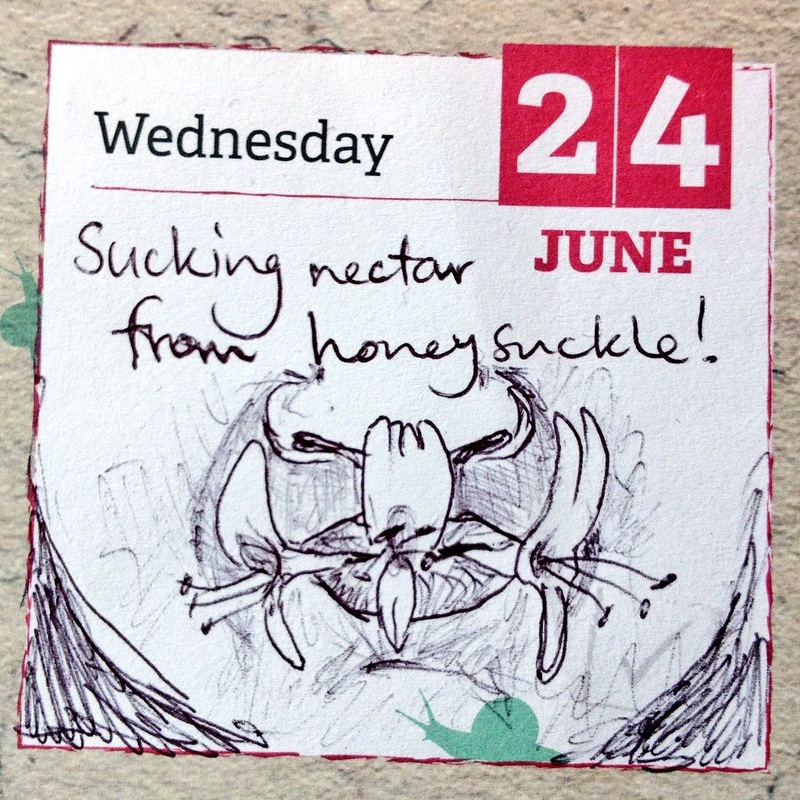
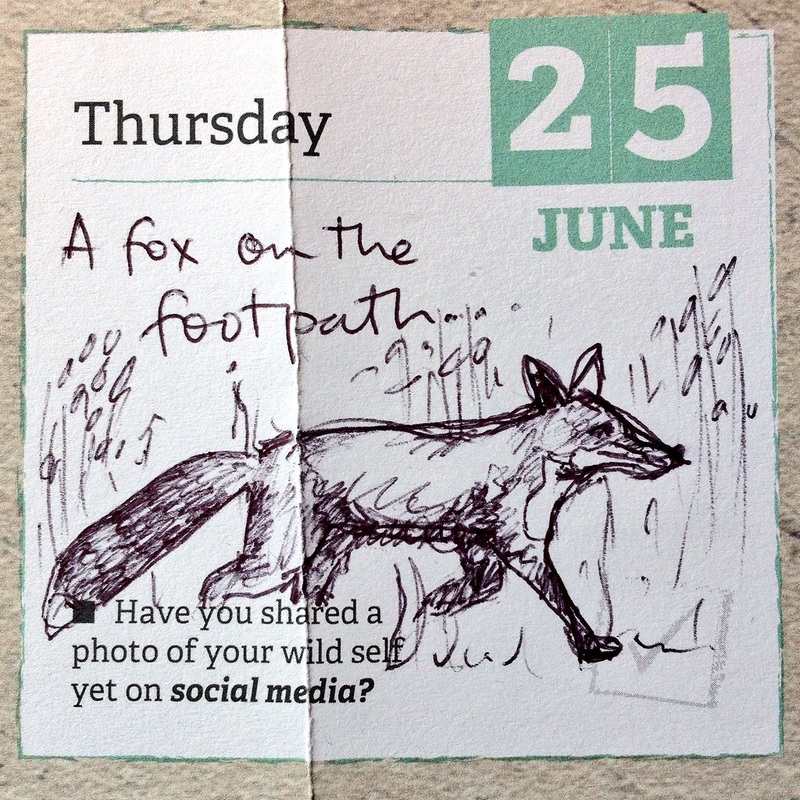
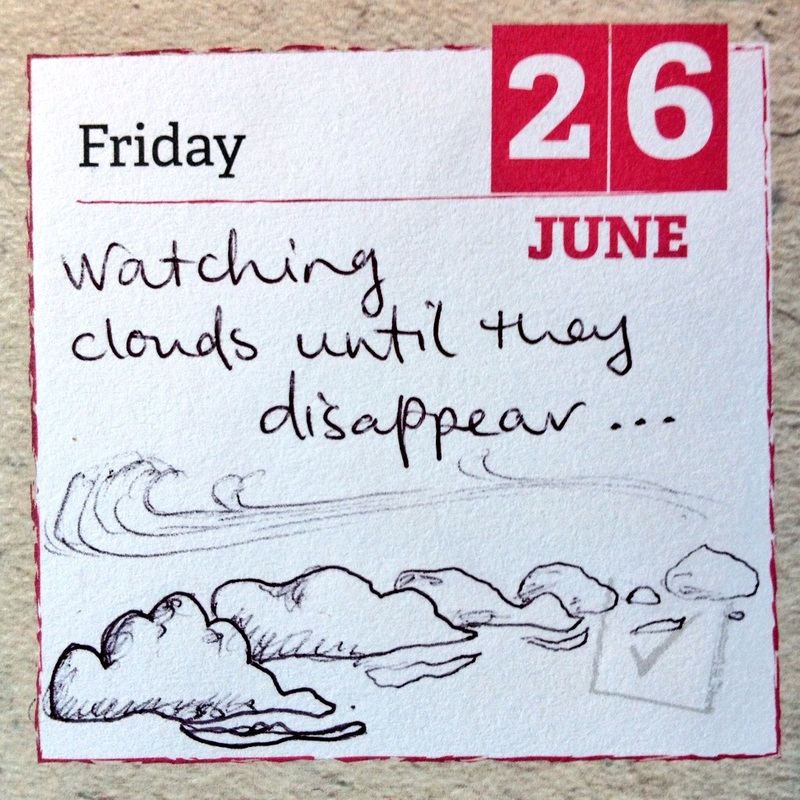
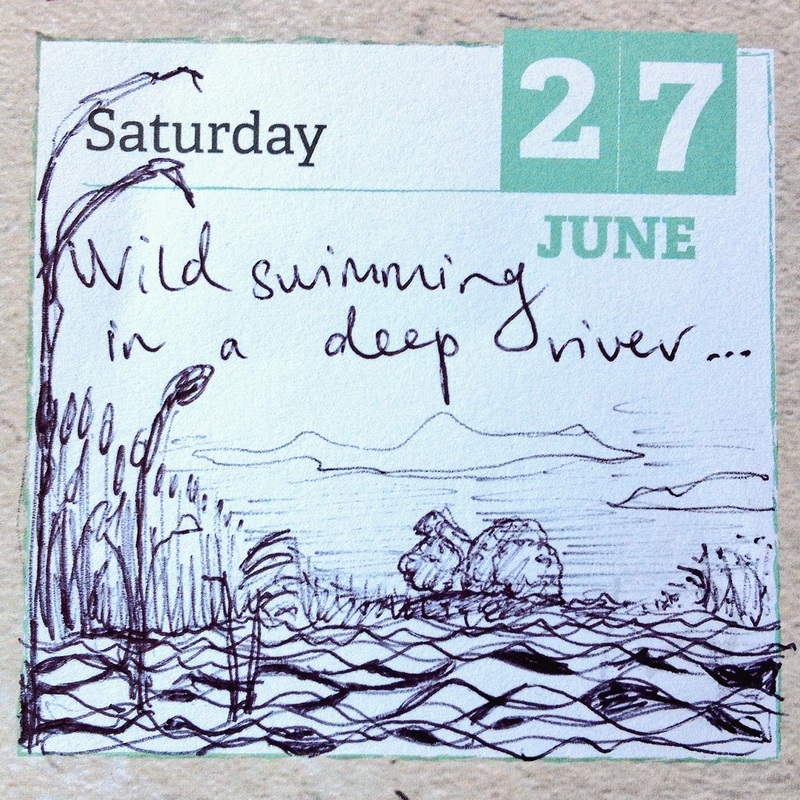
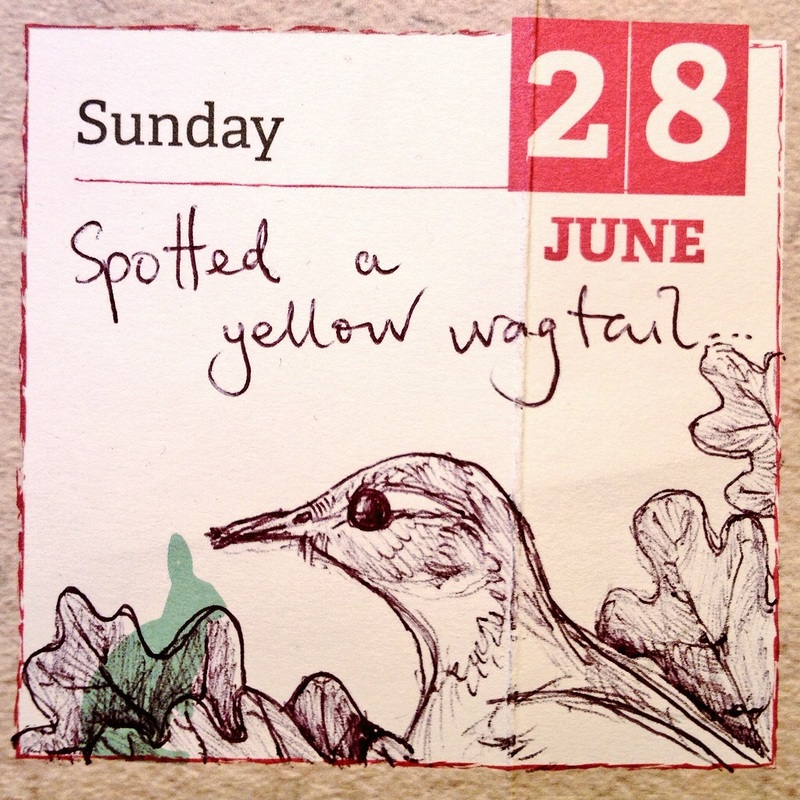
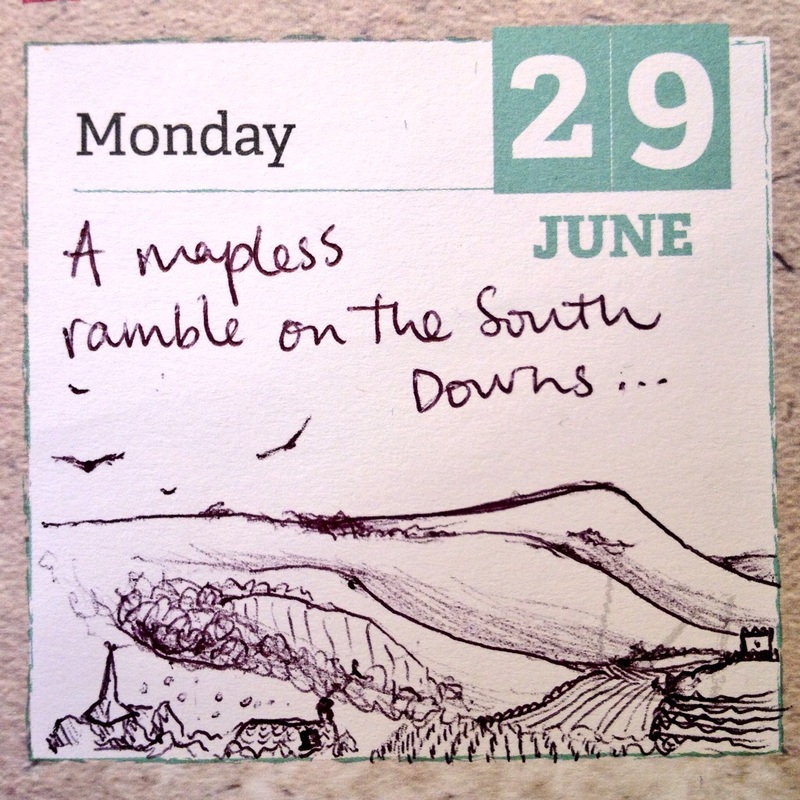
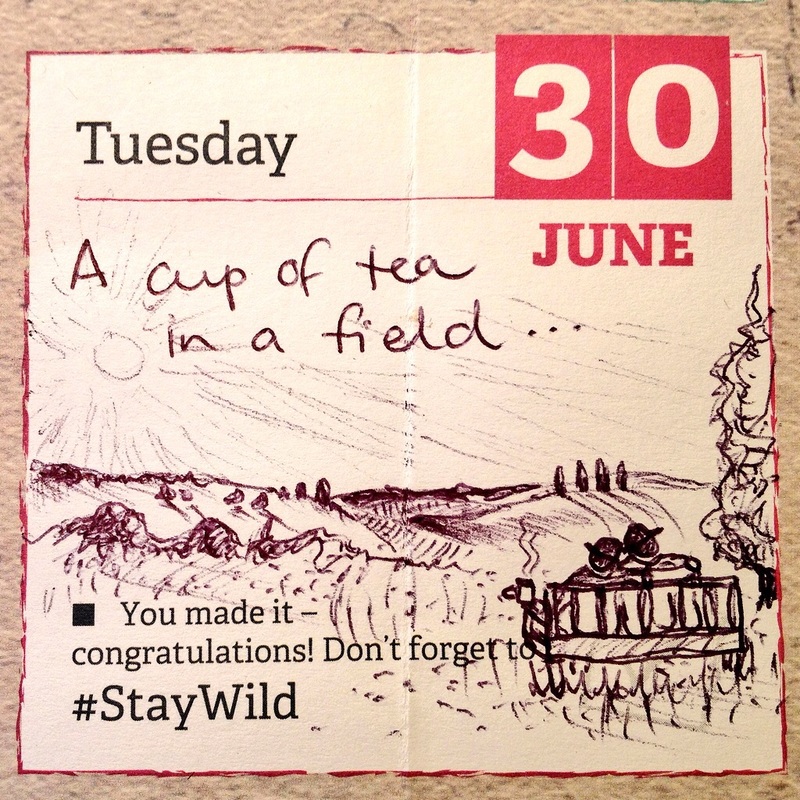
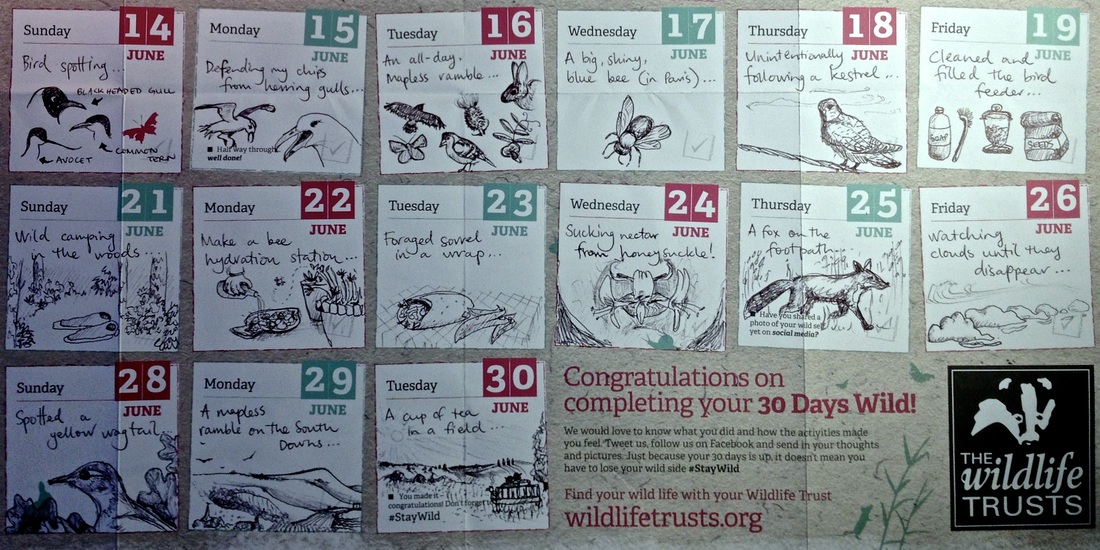
 RSS Feed
RSS Feed
